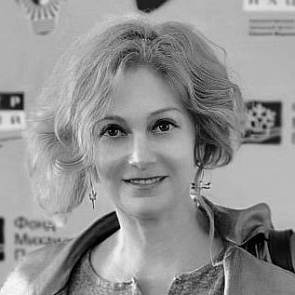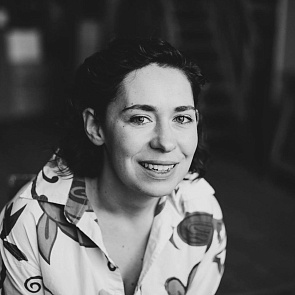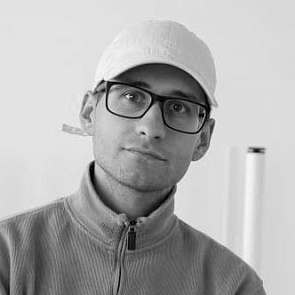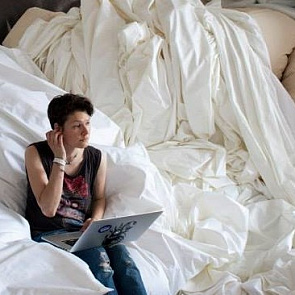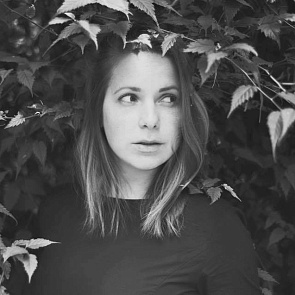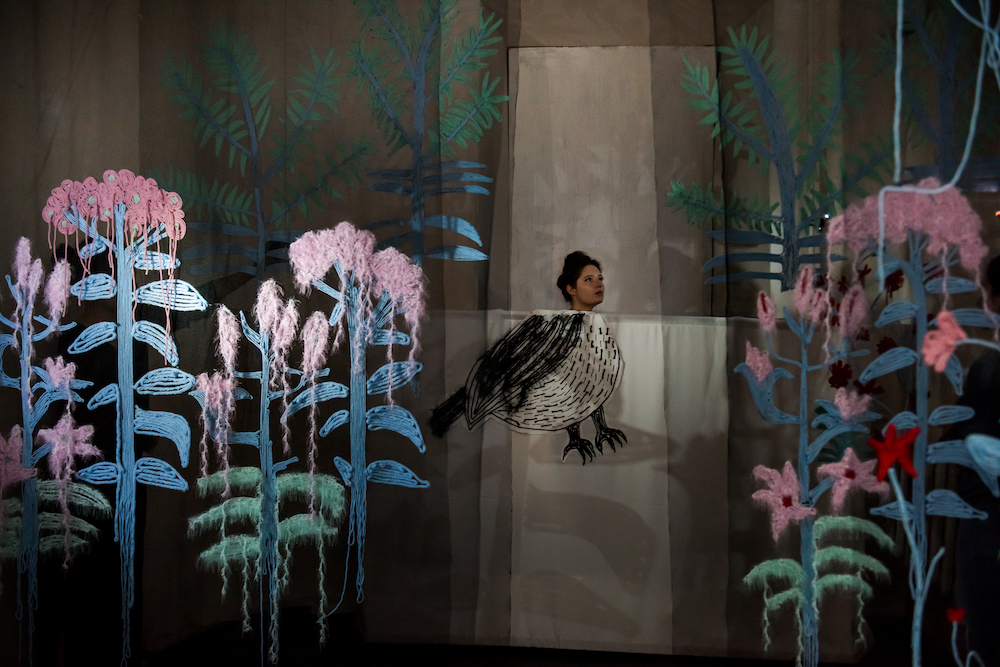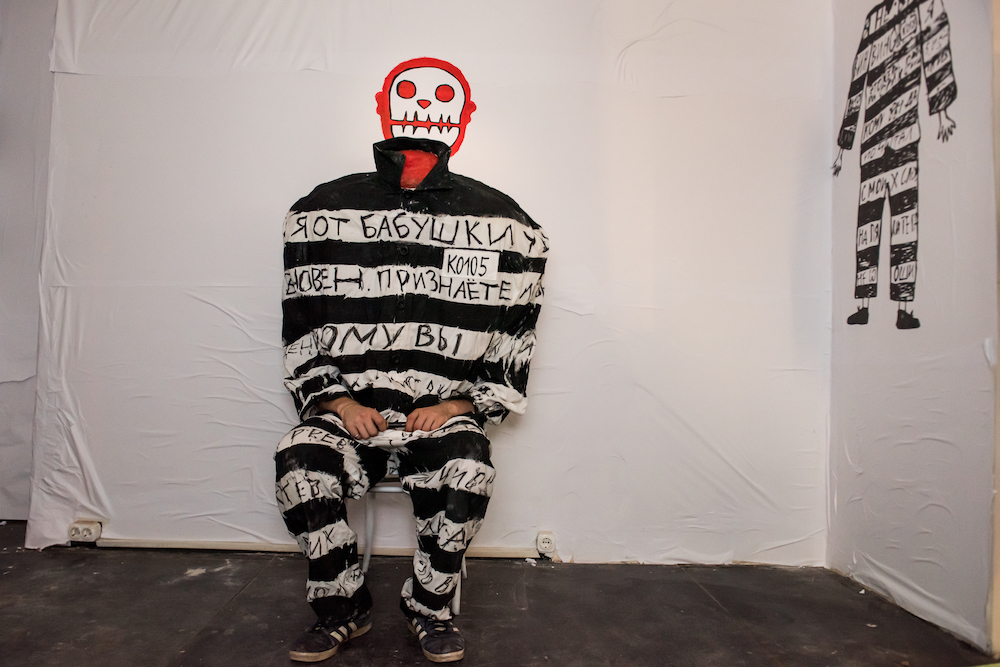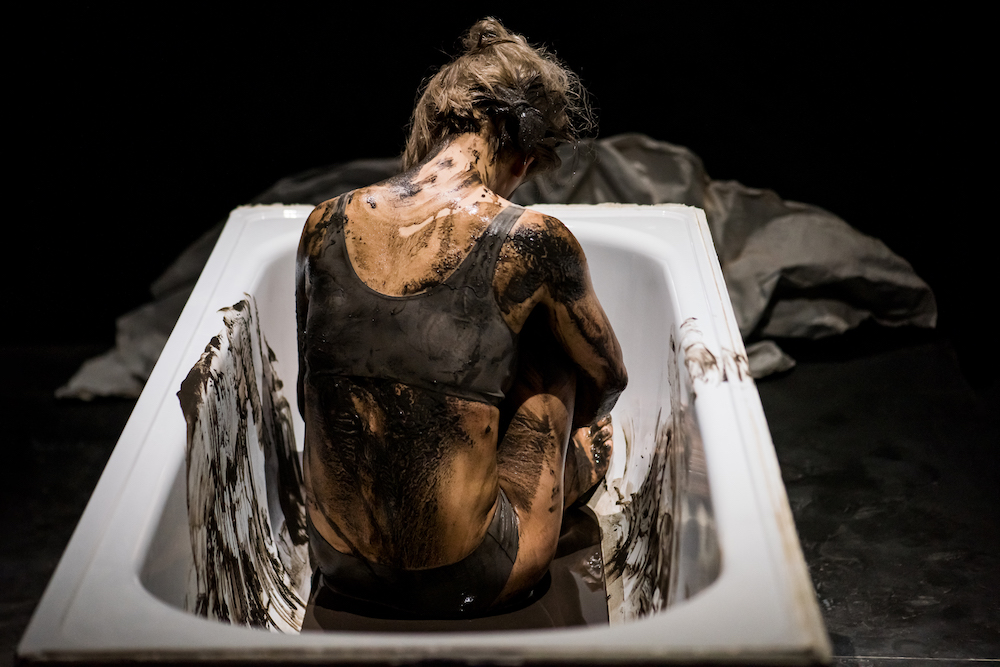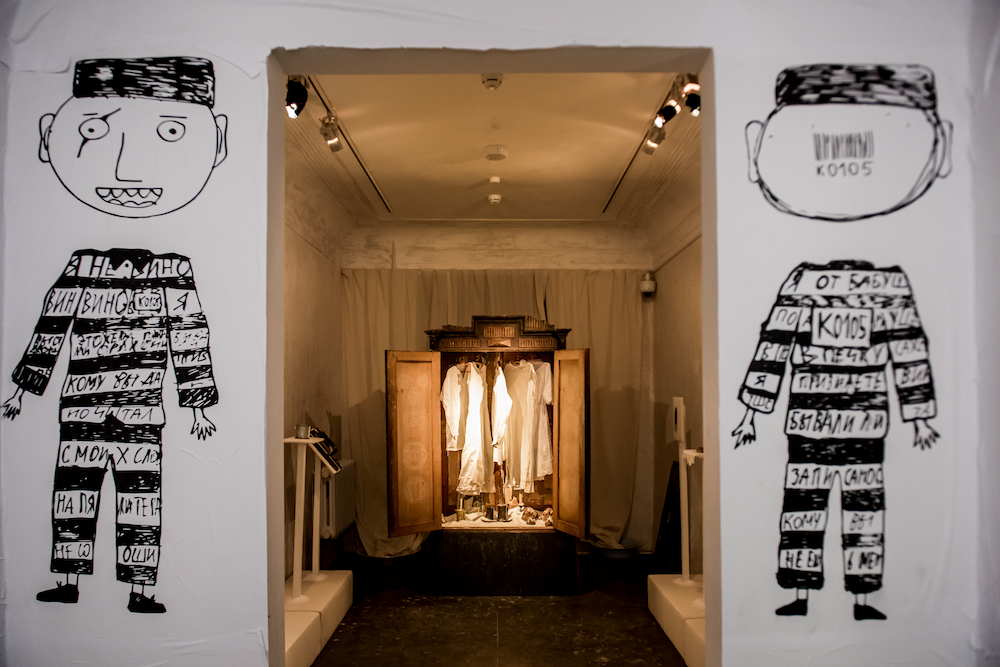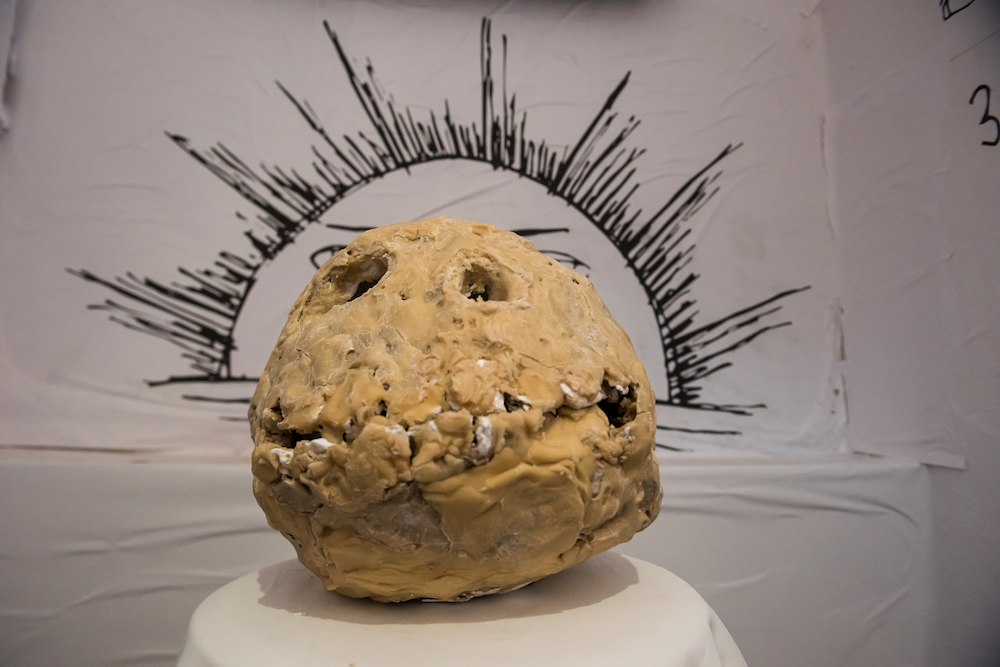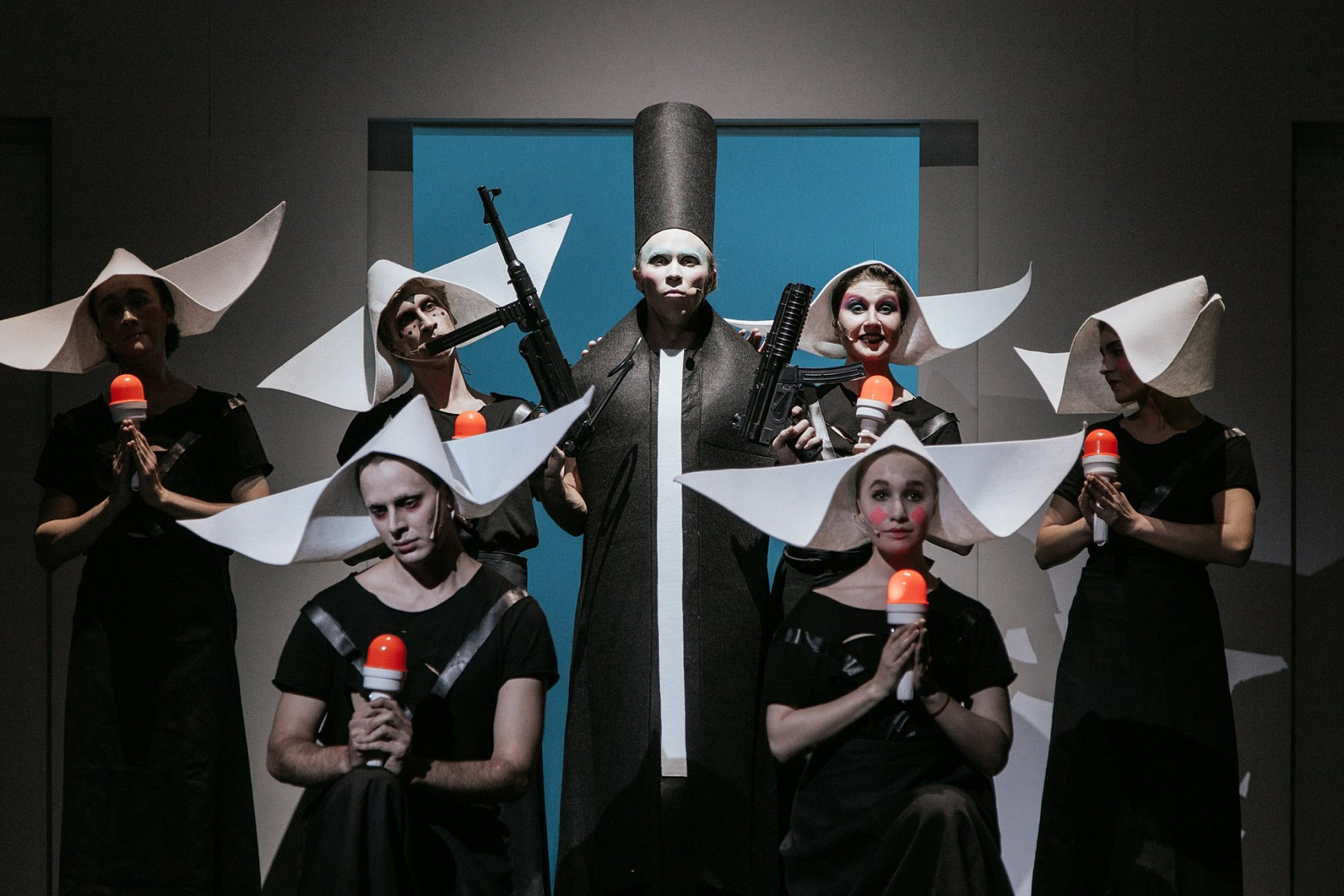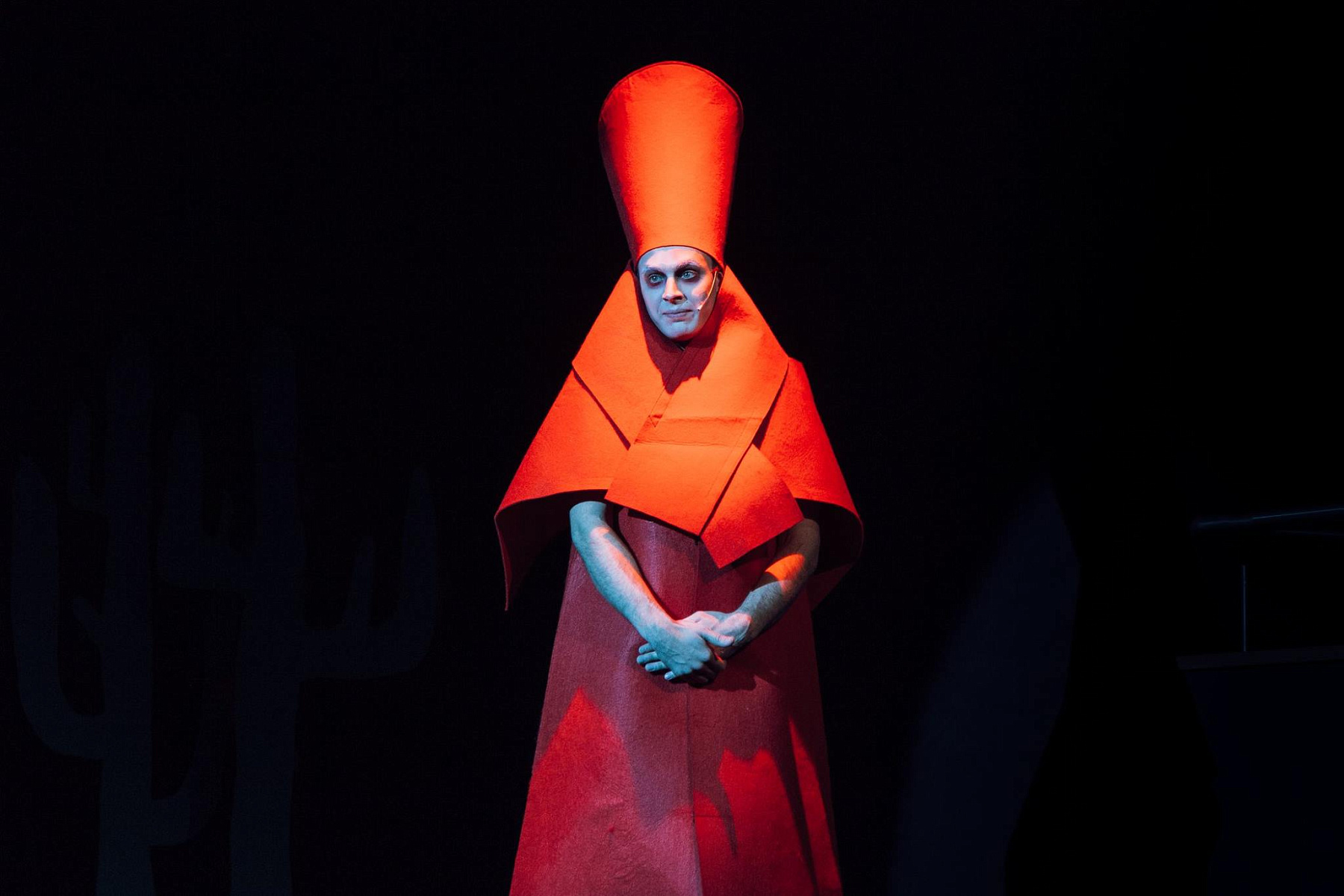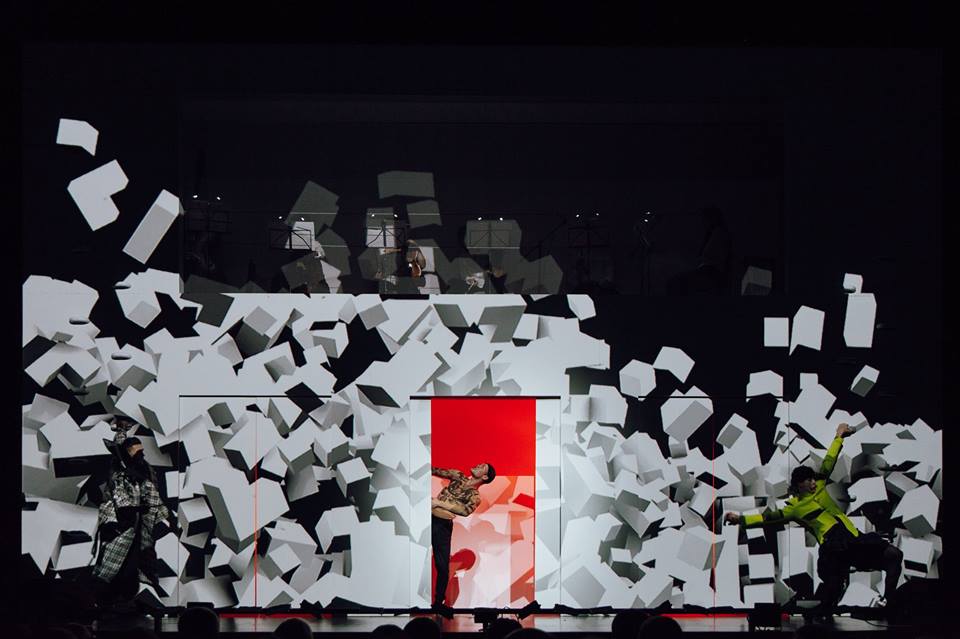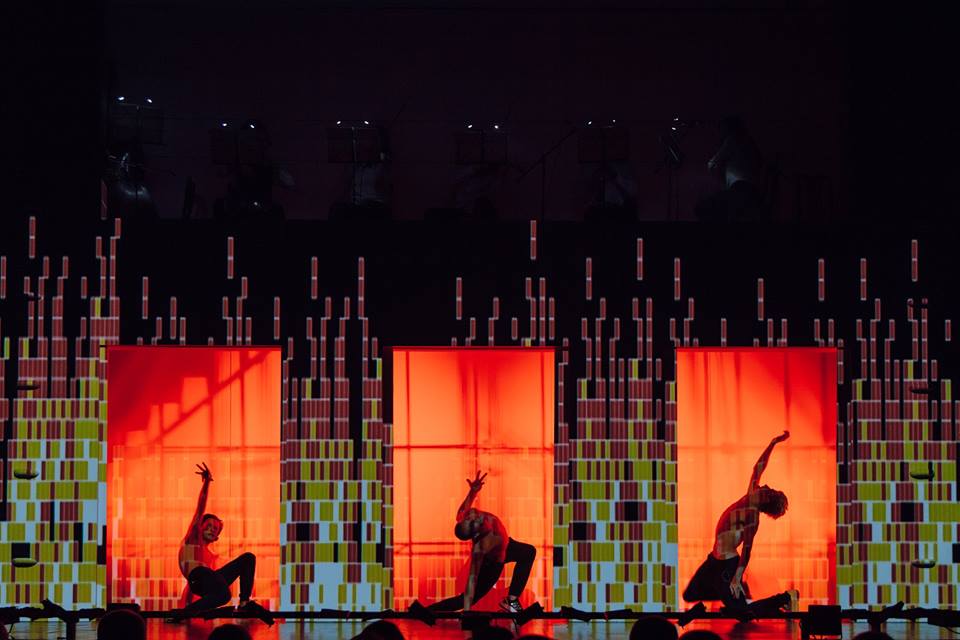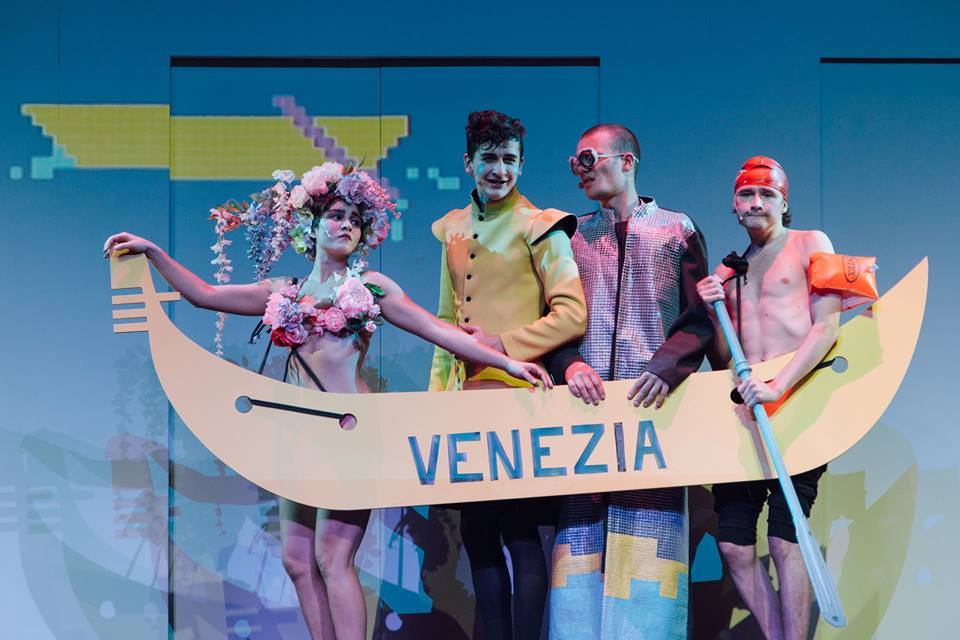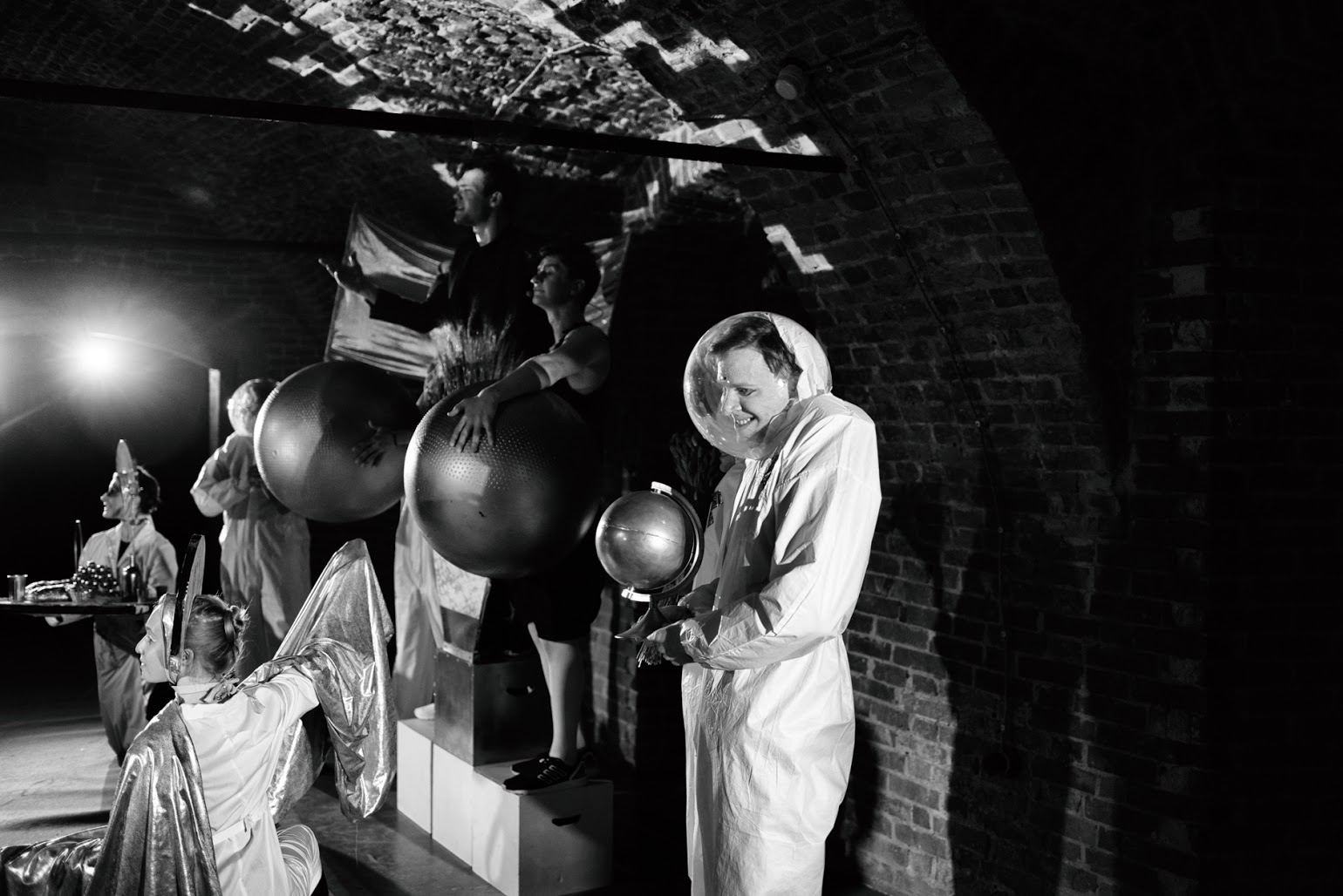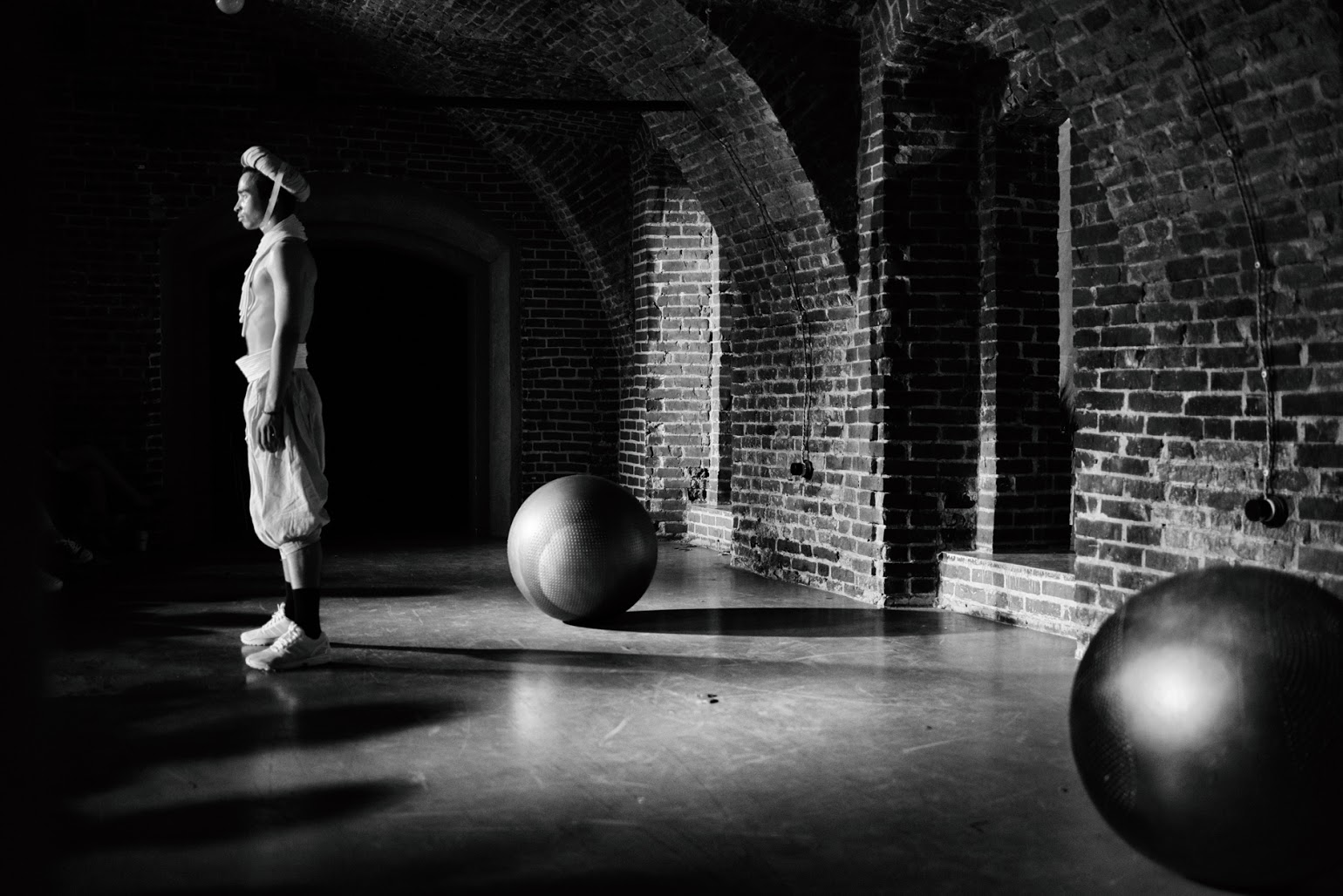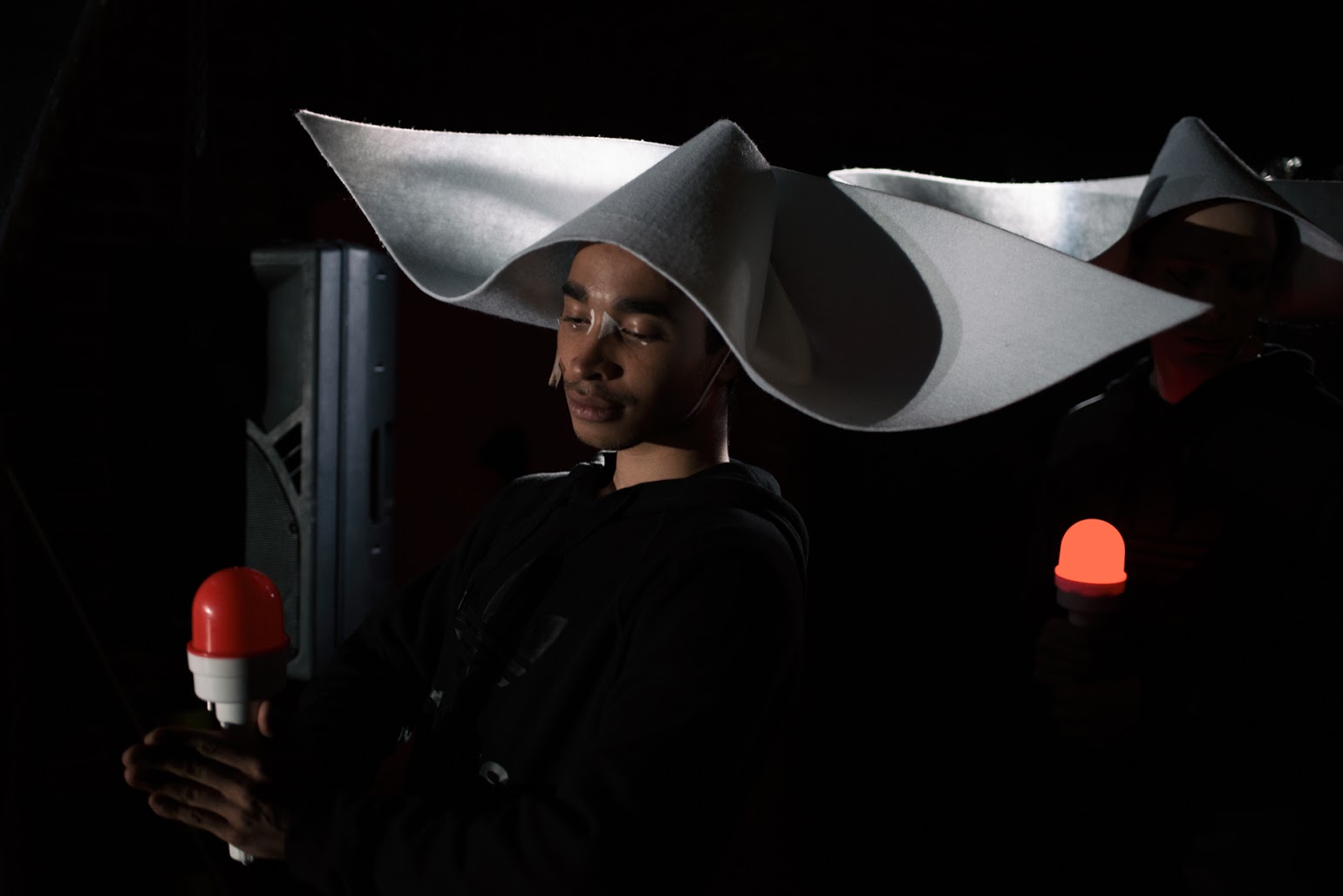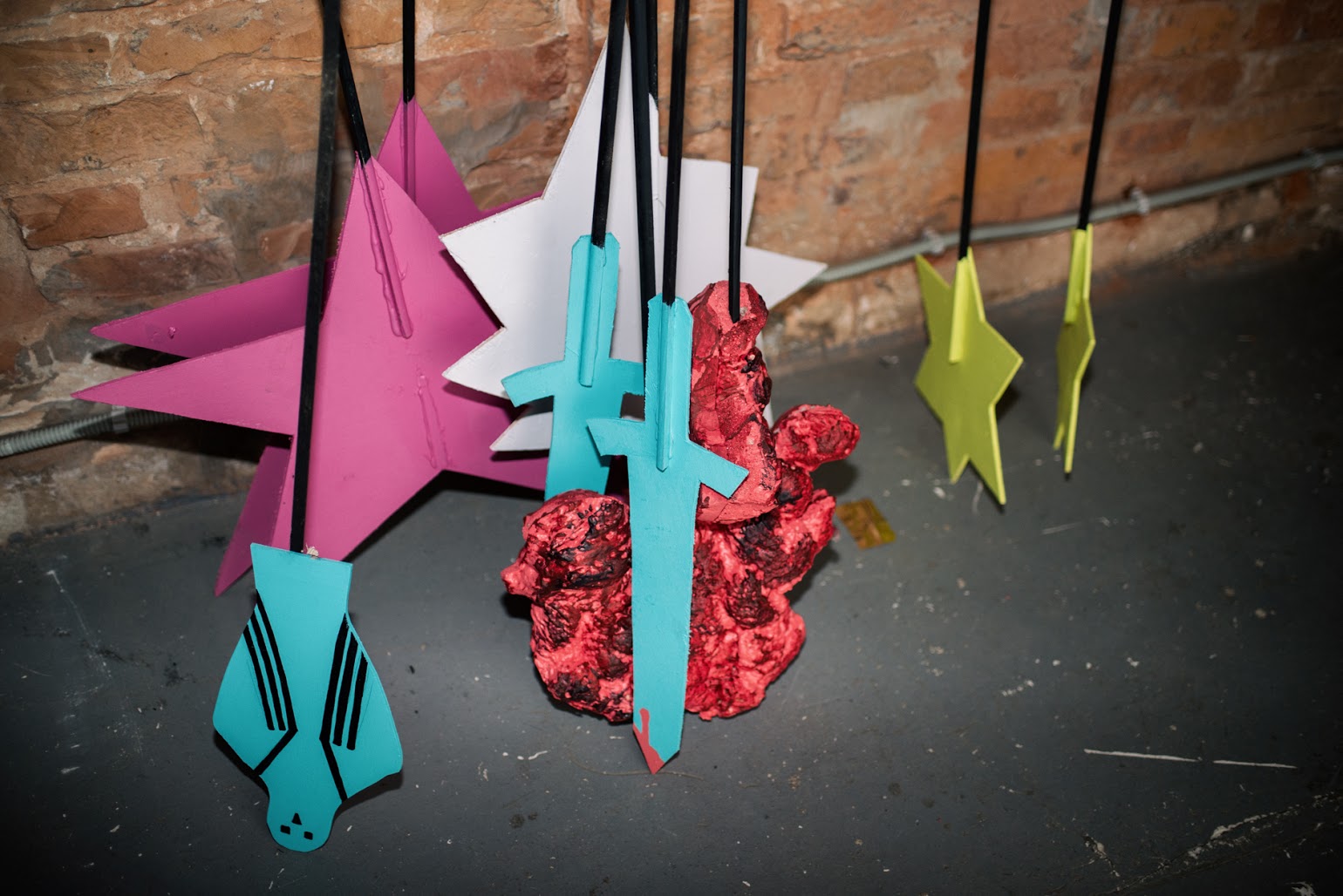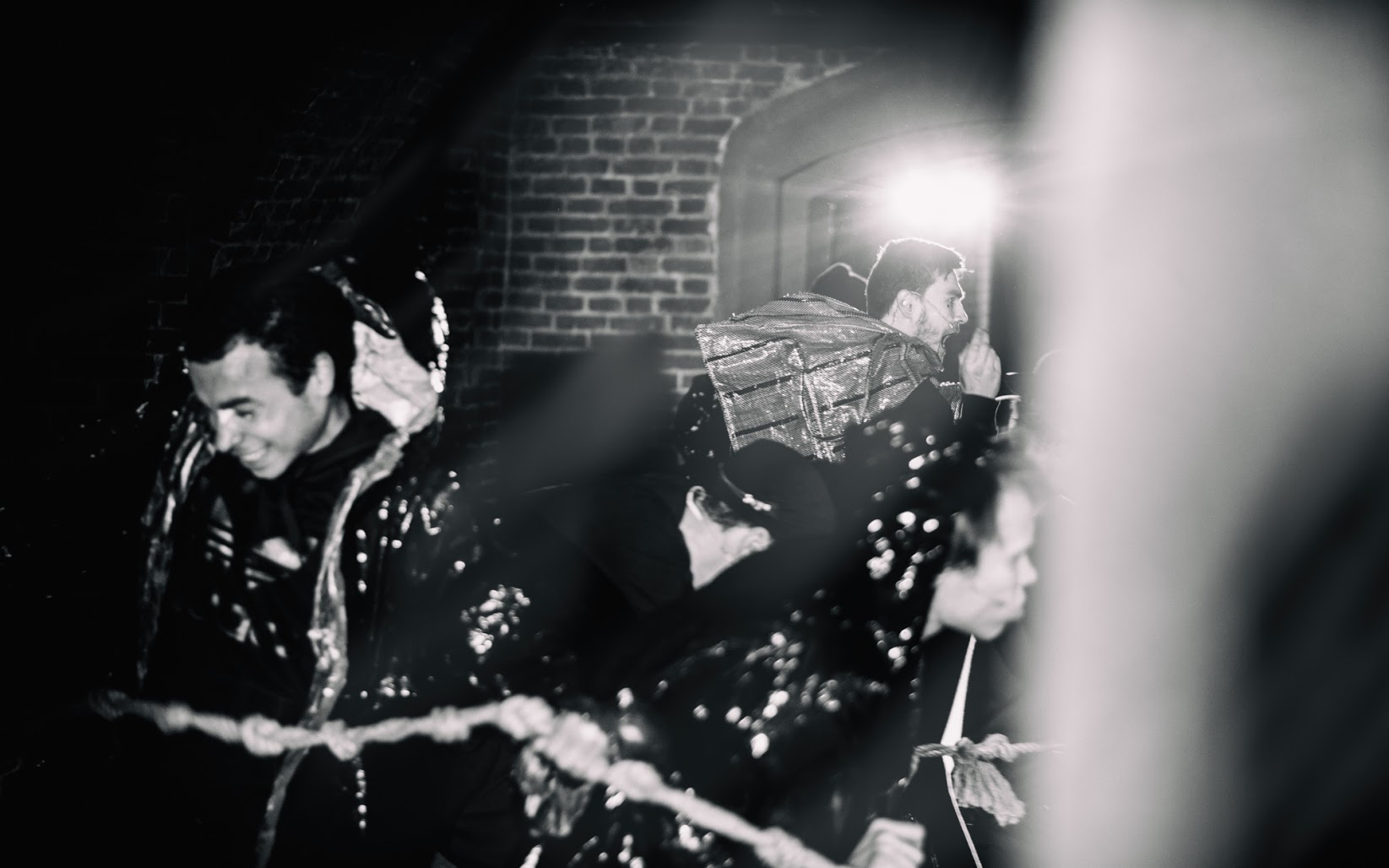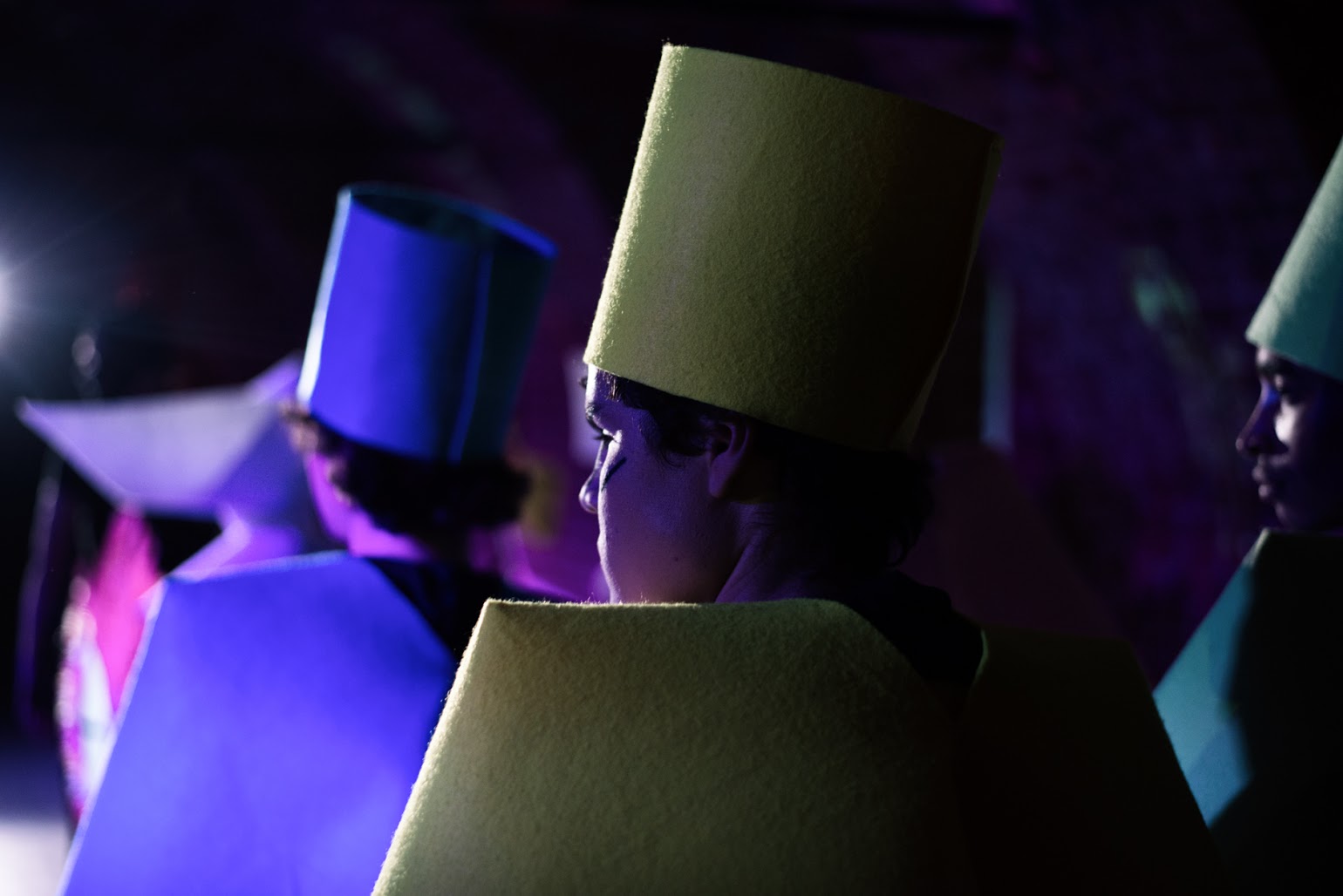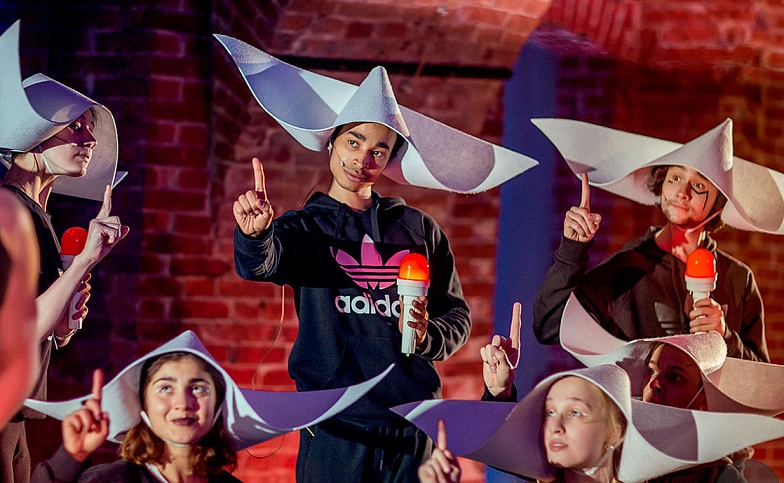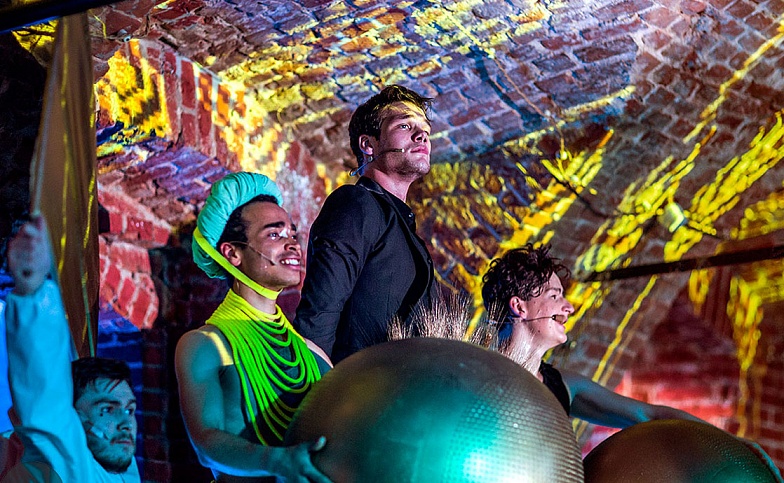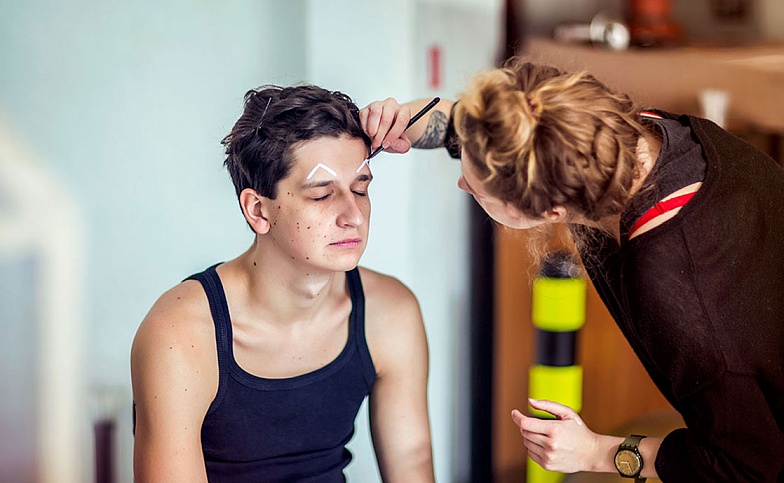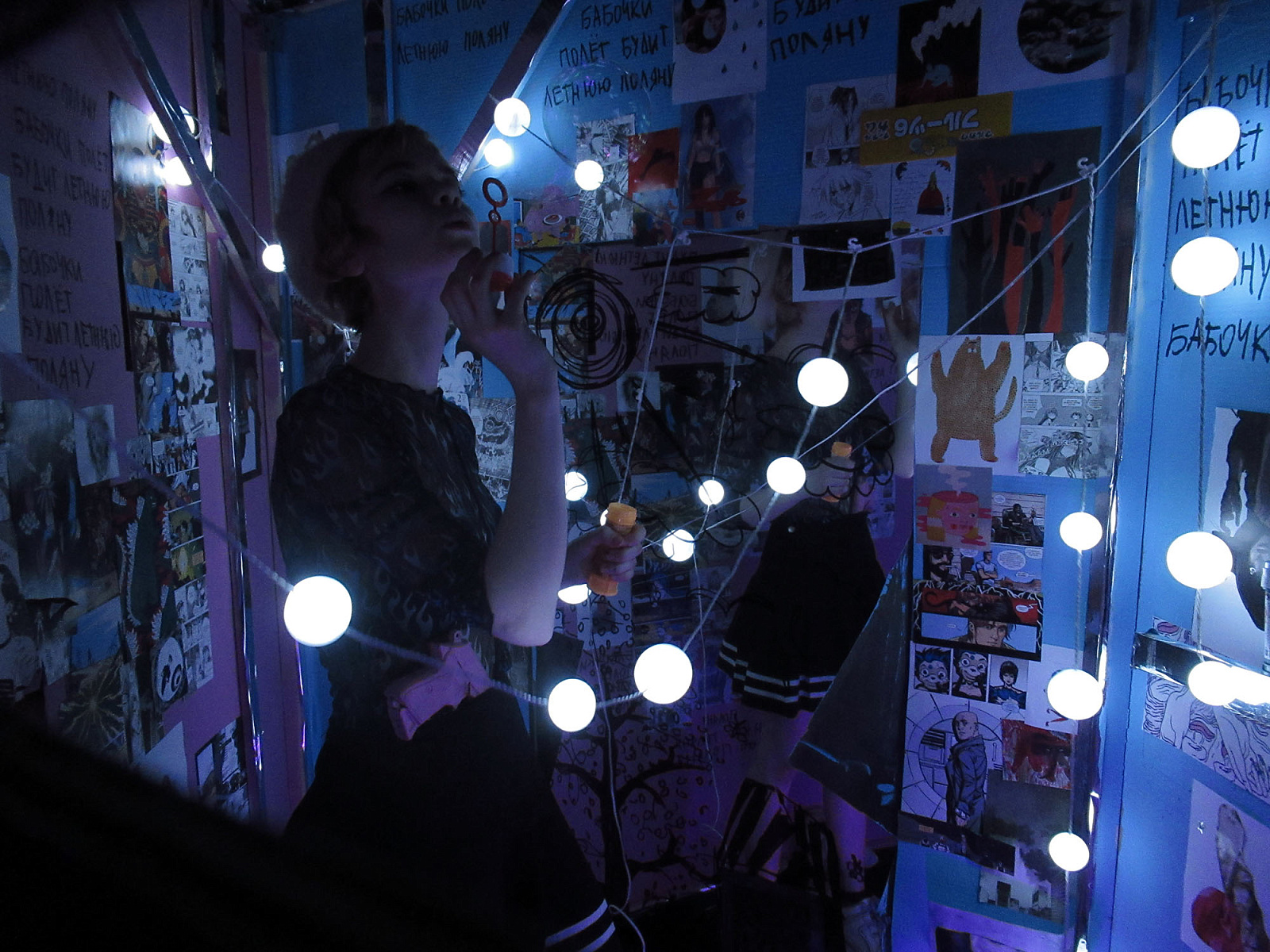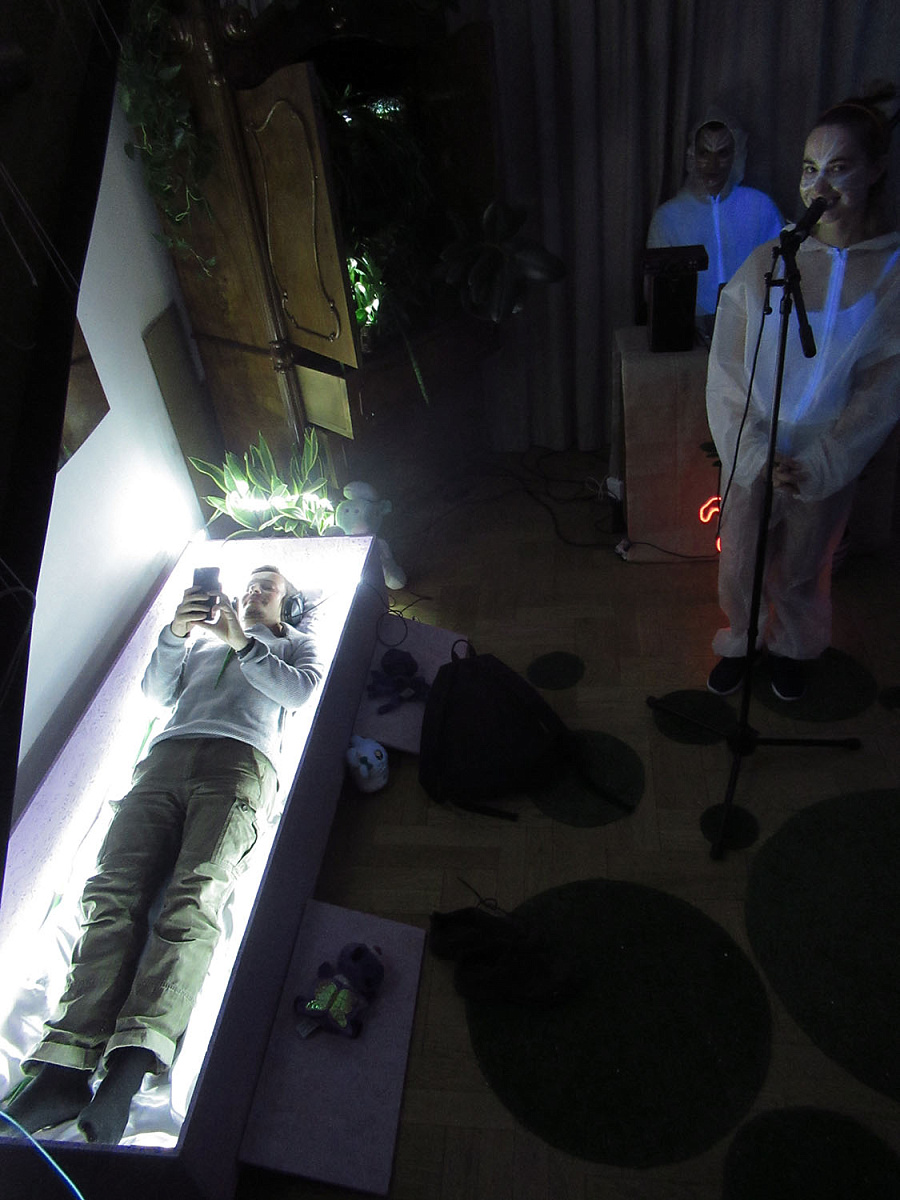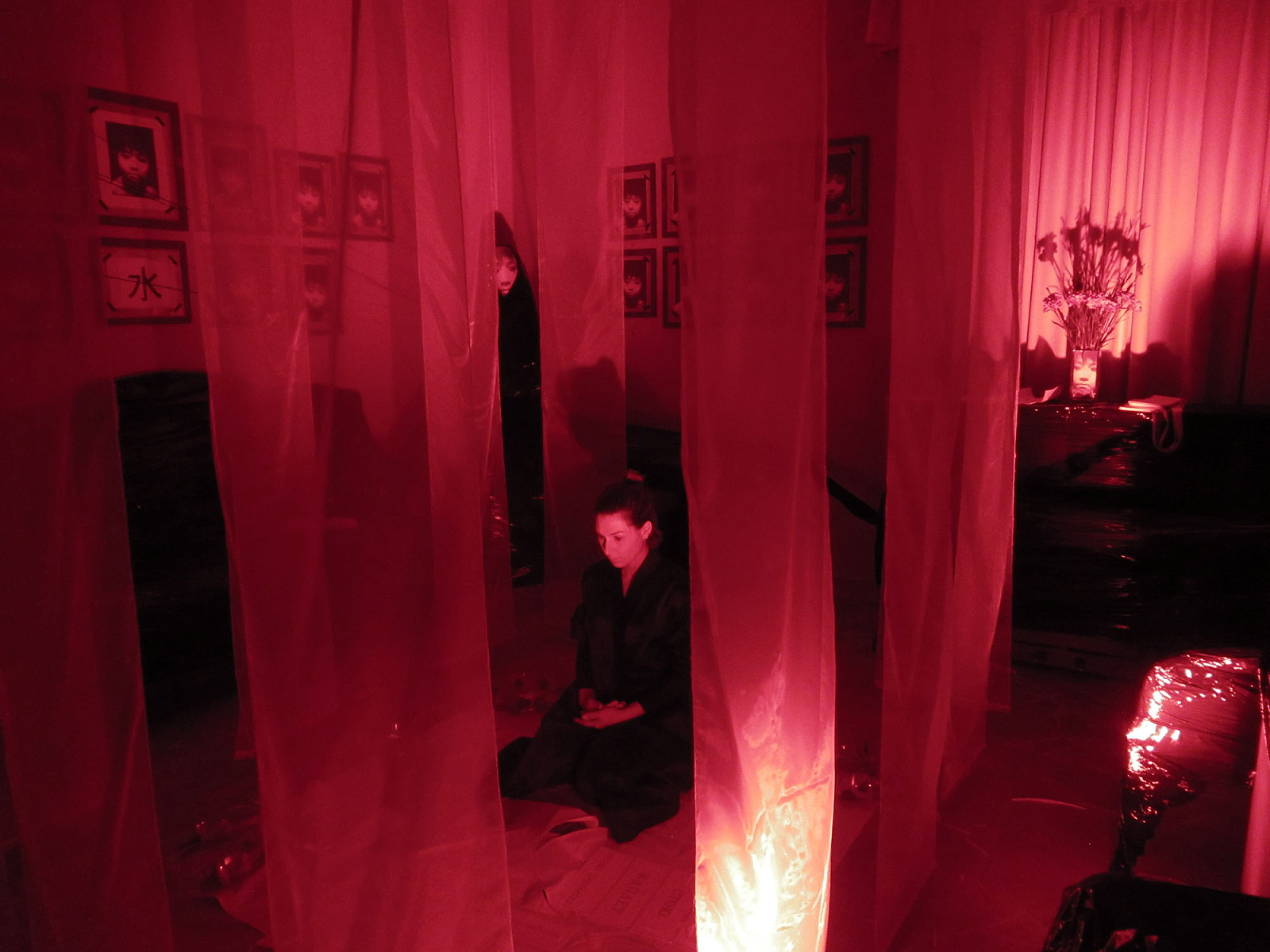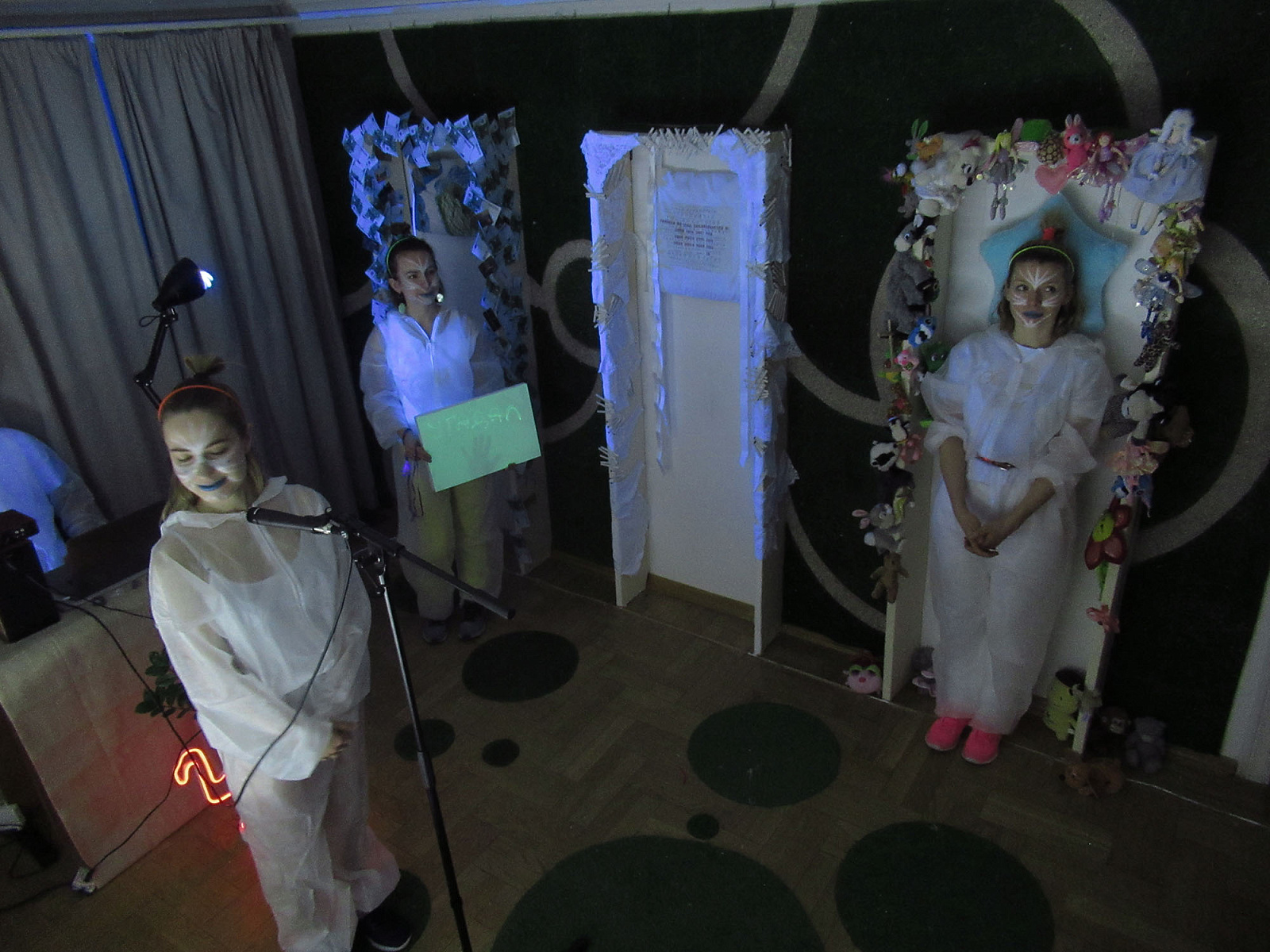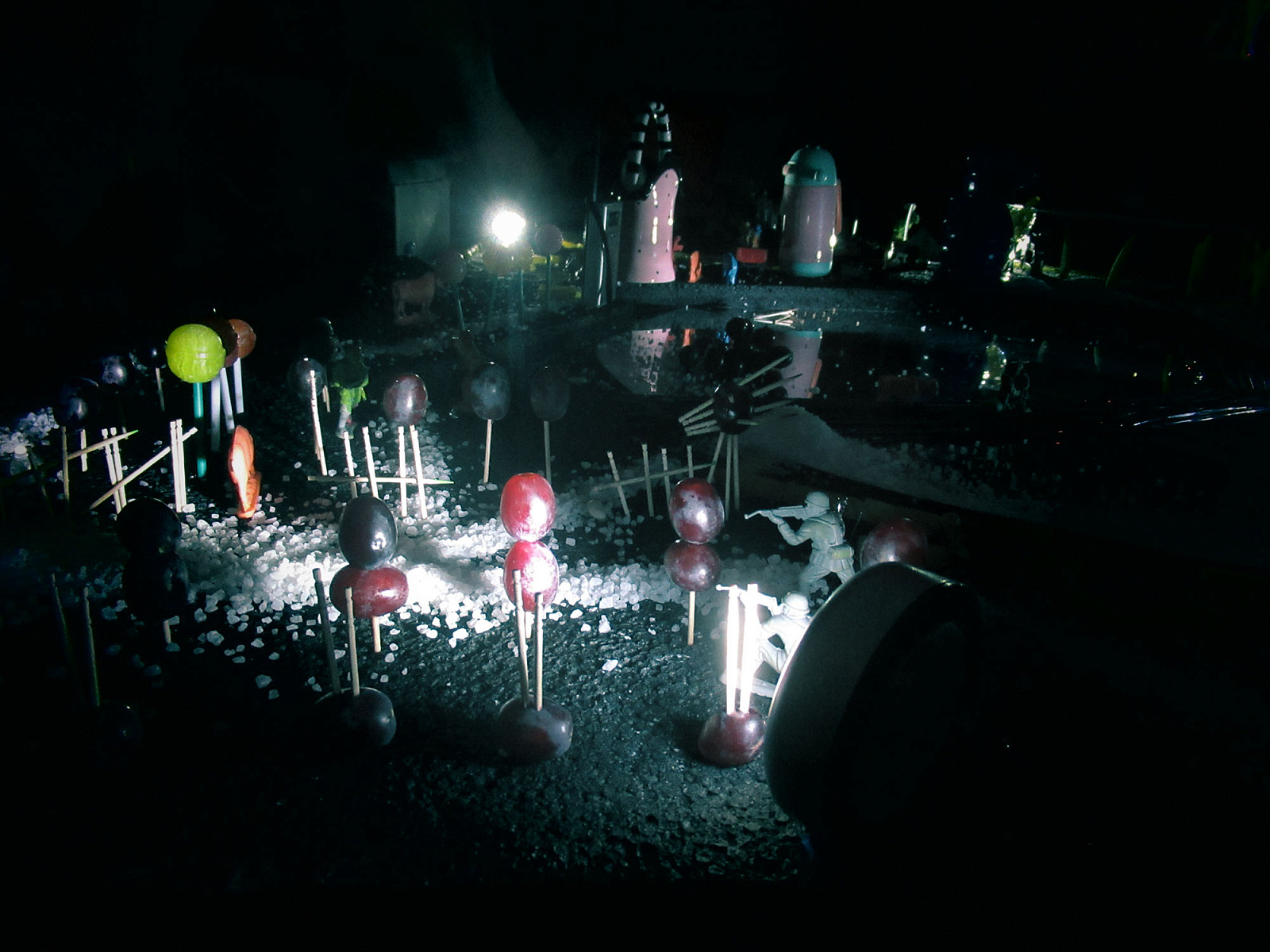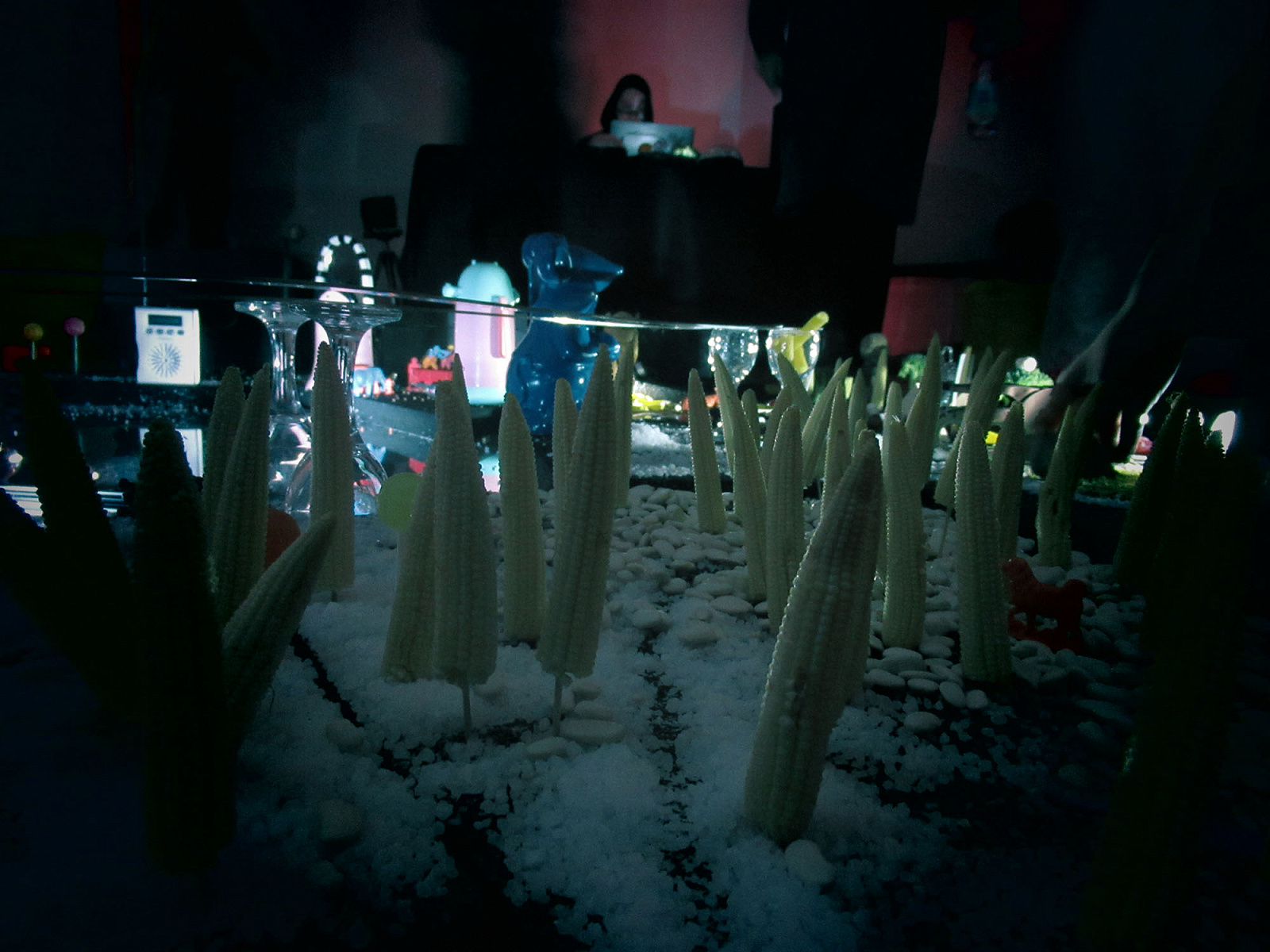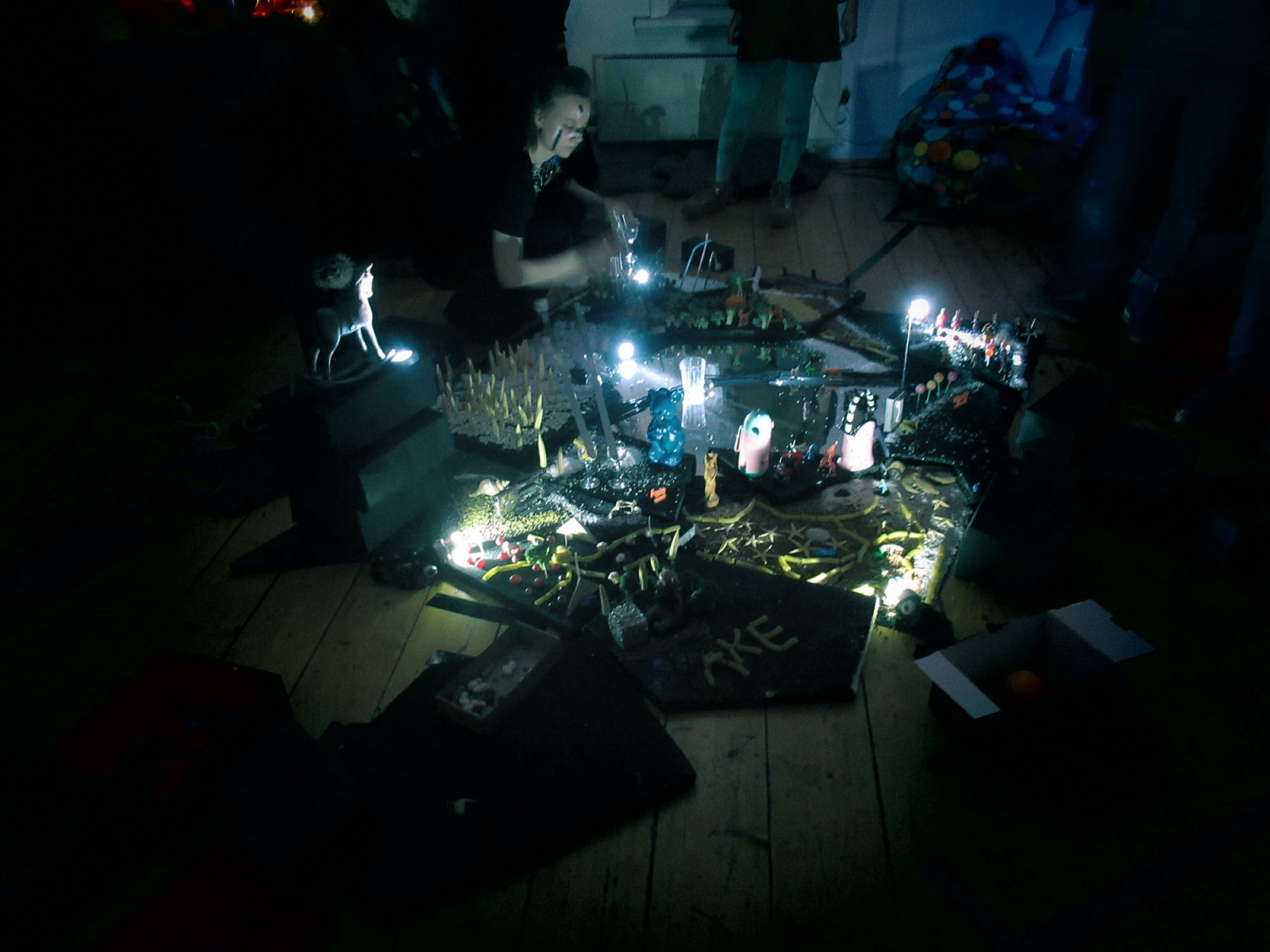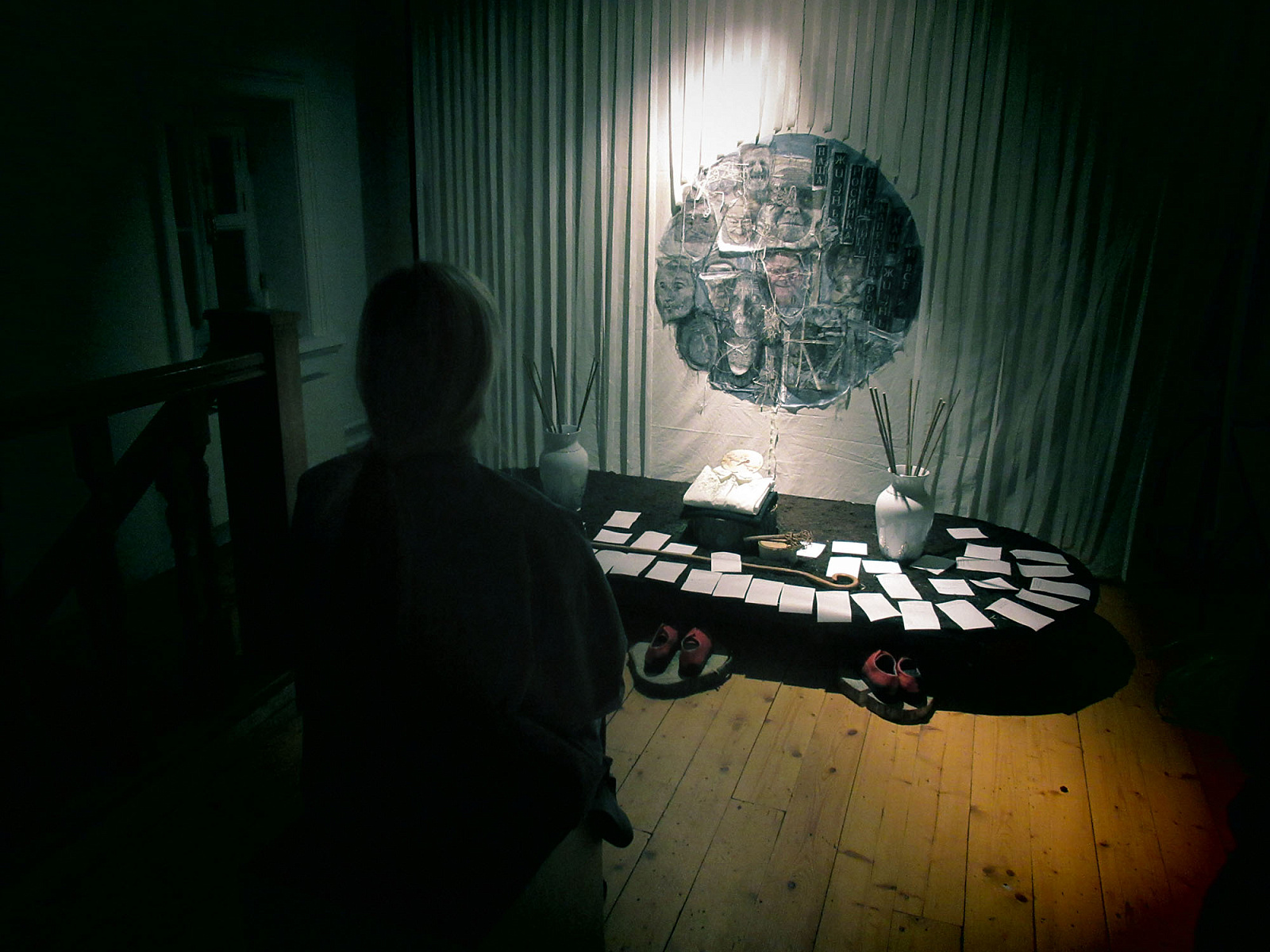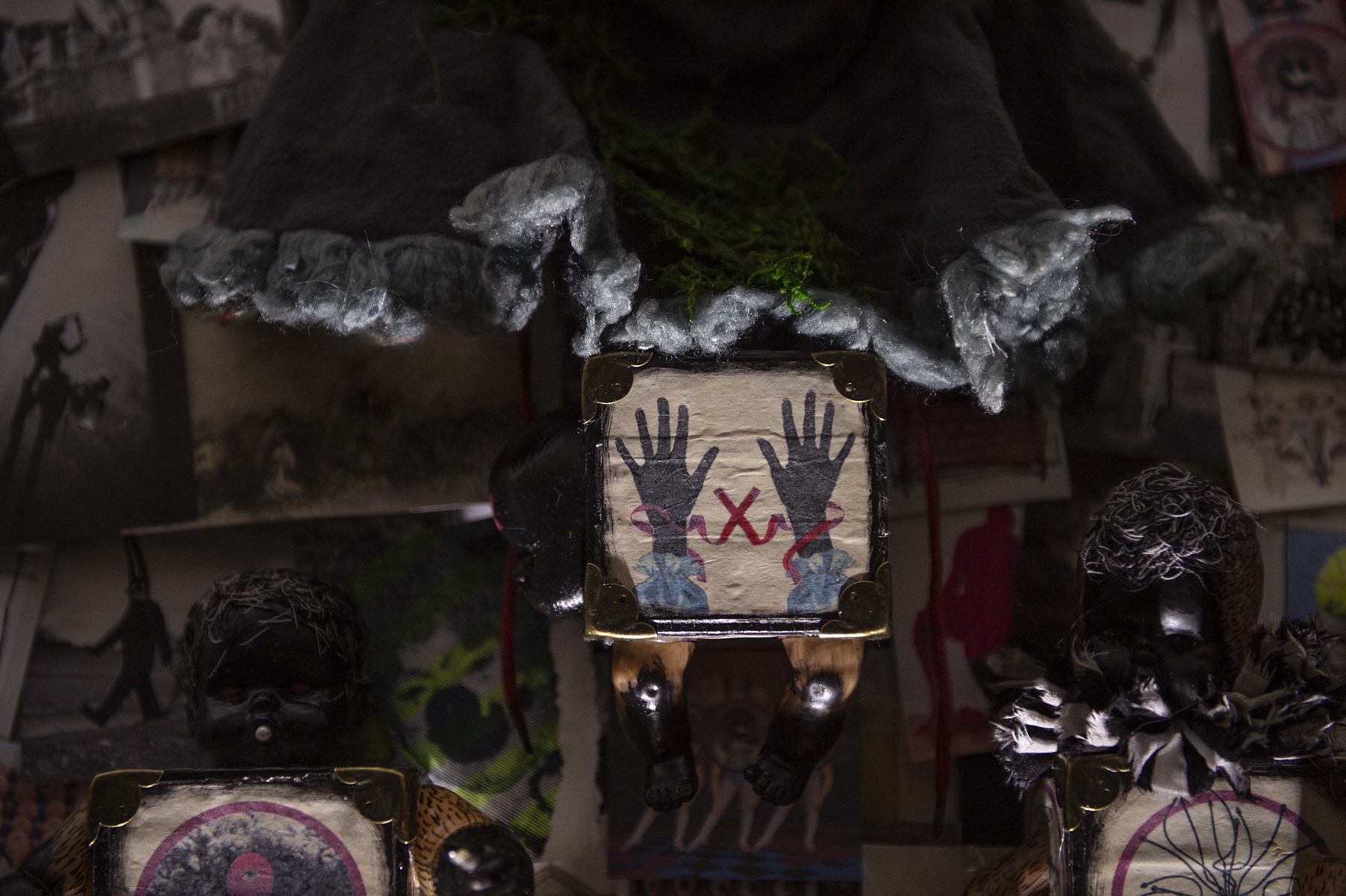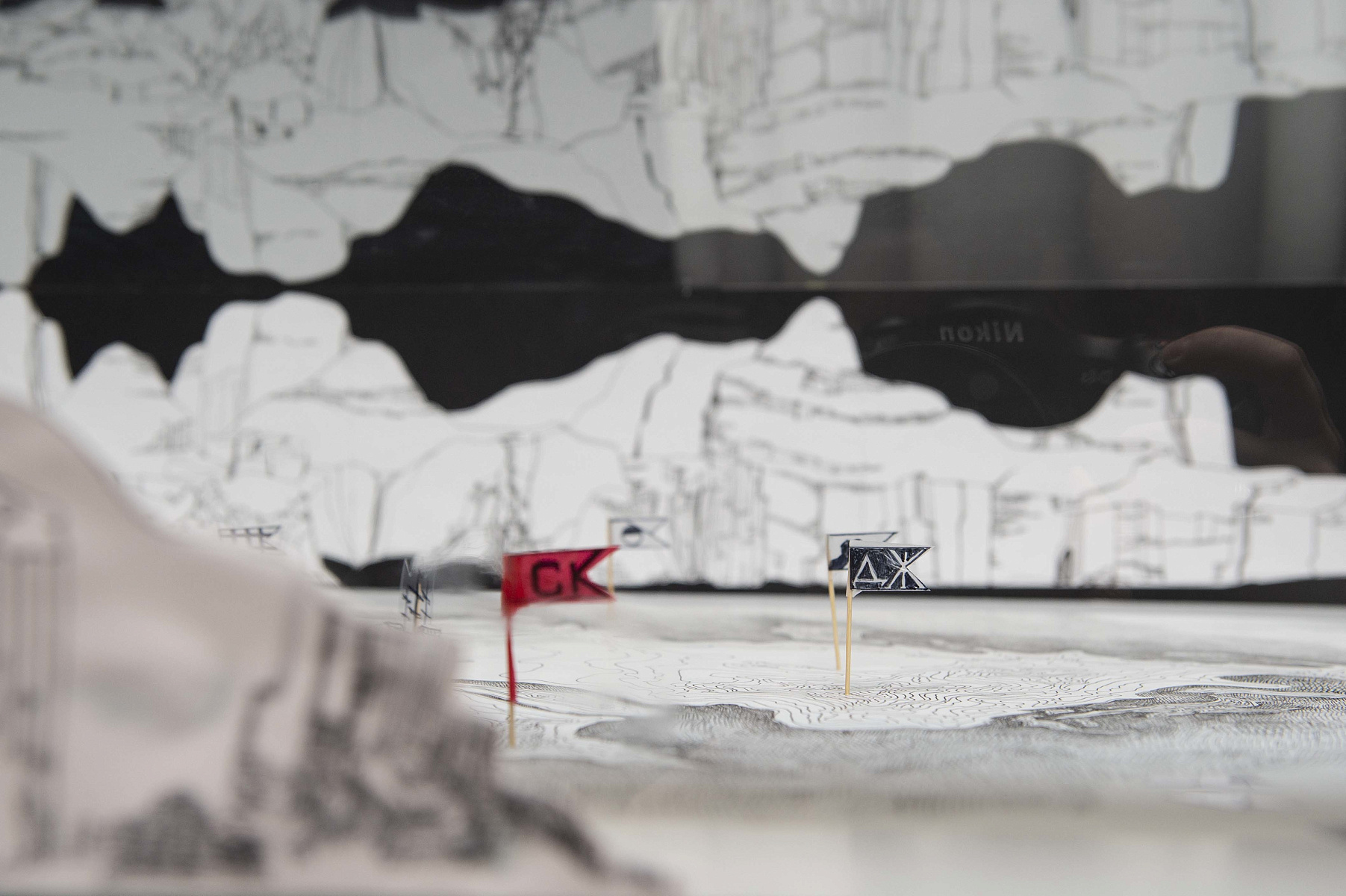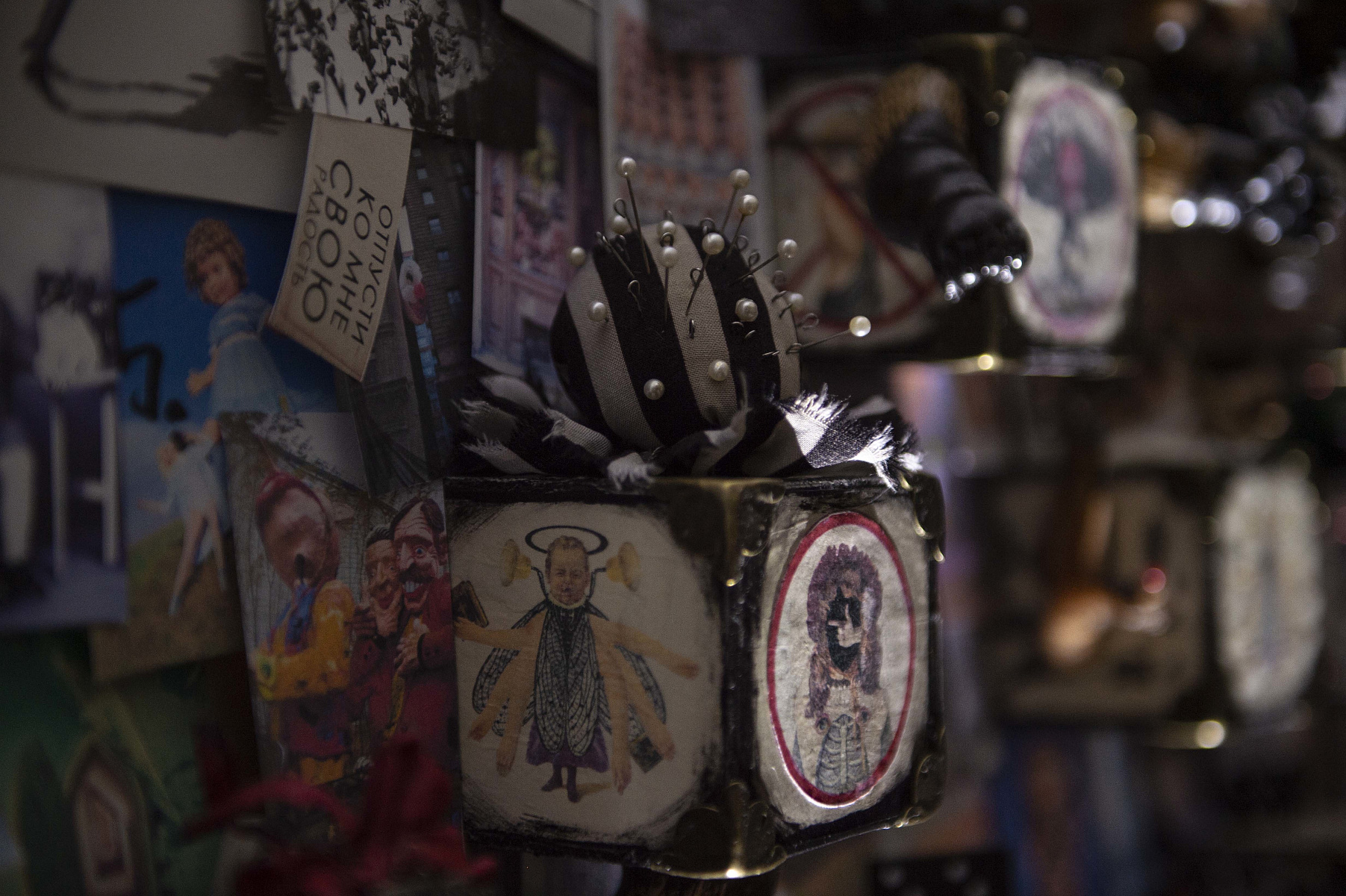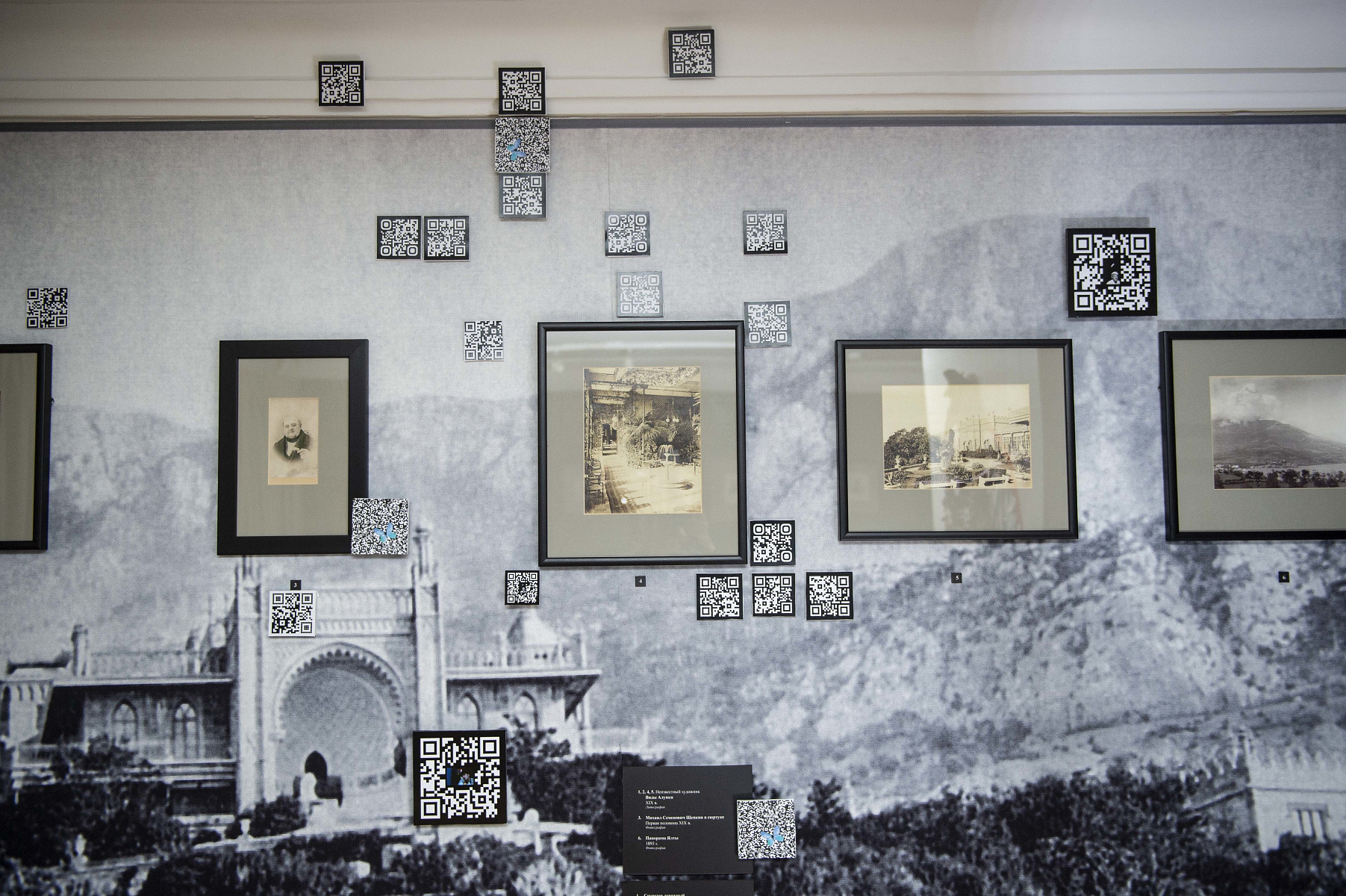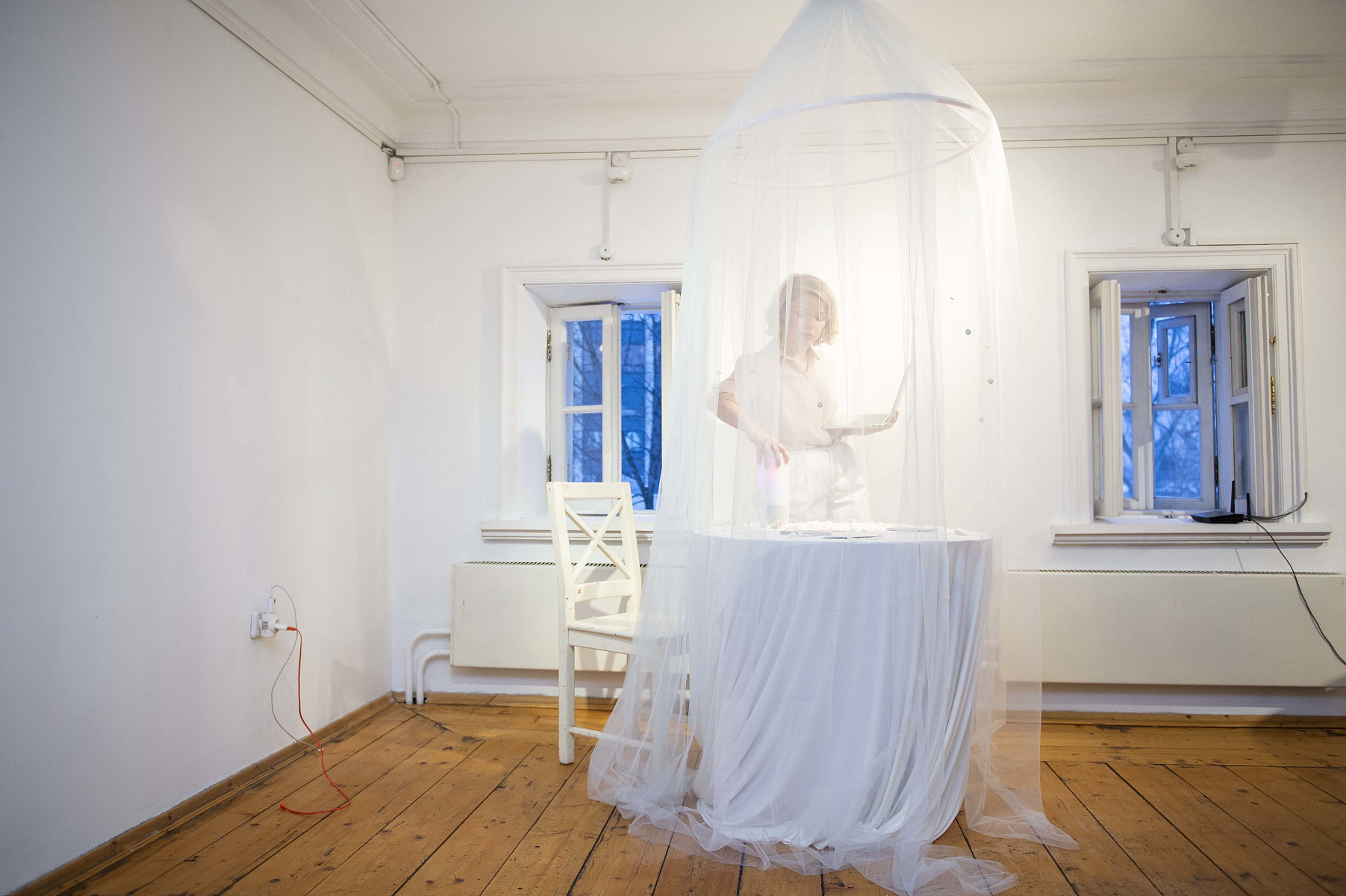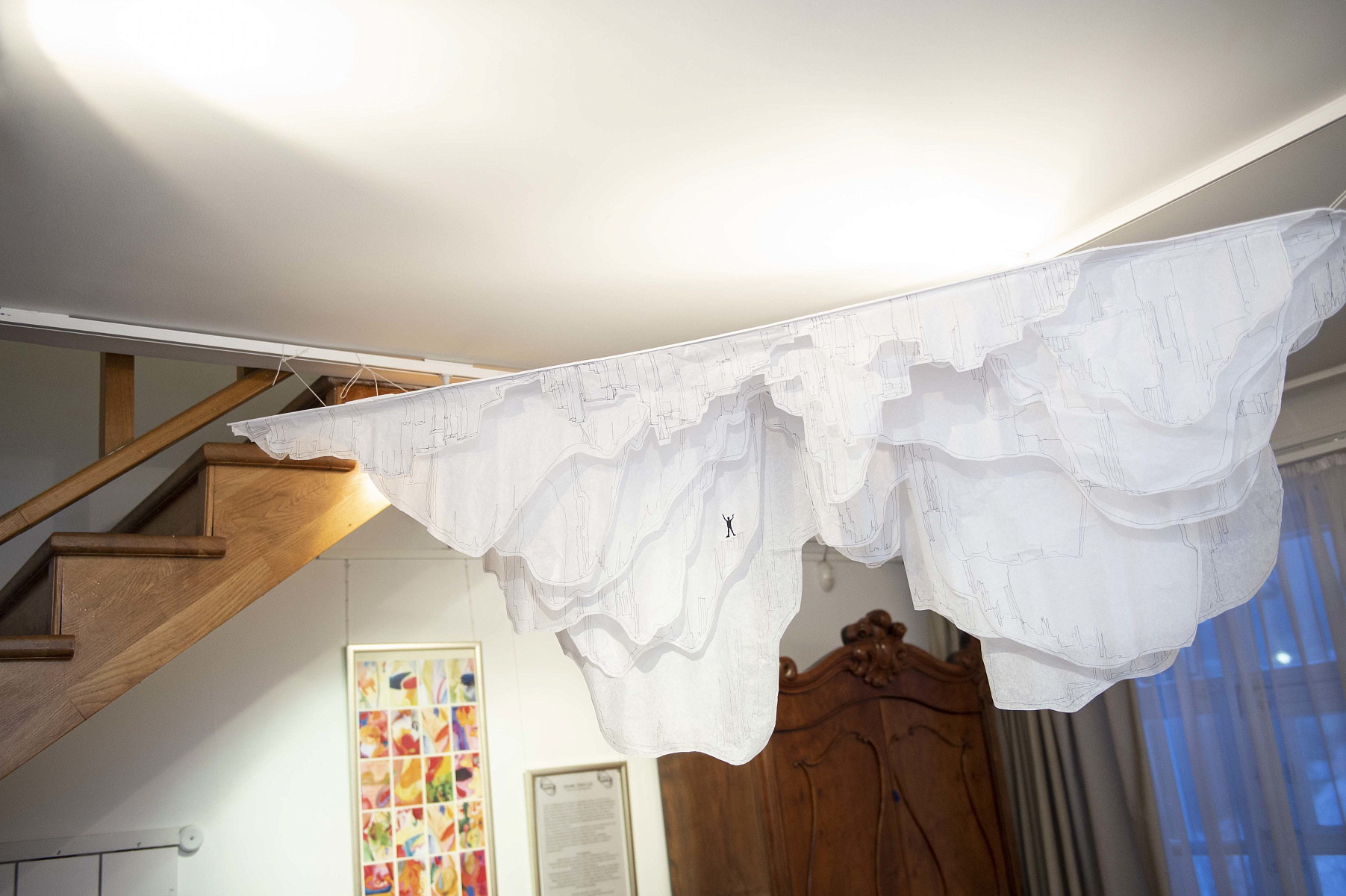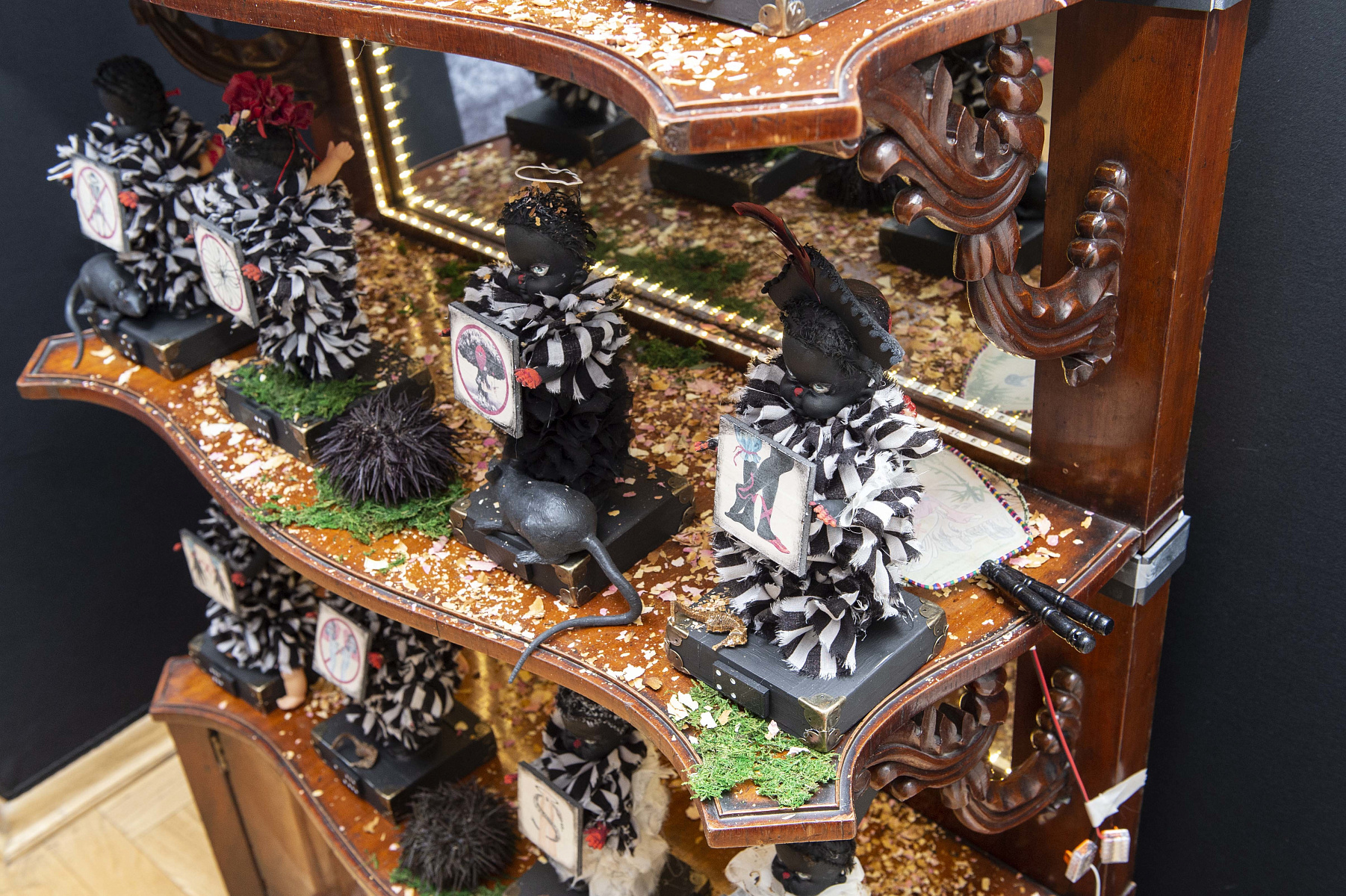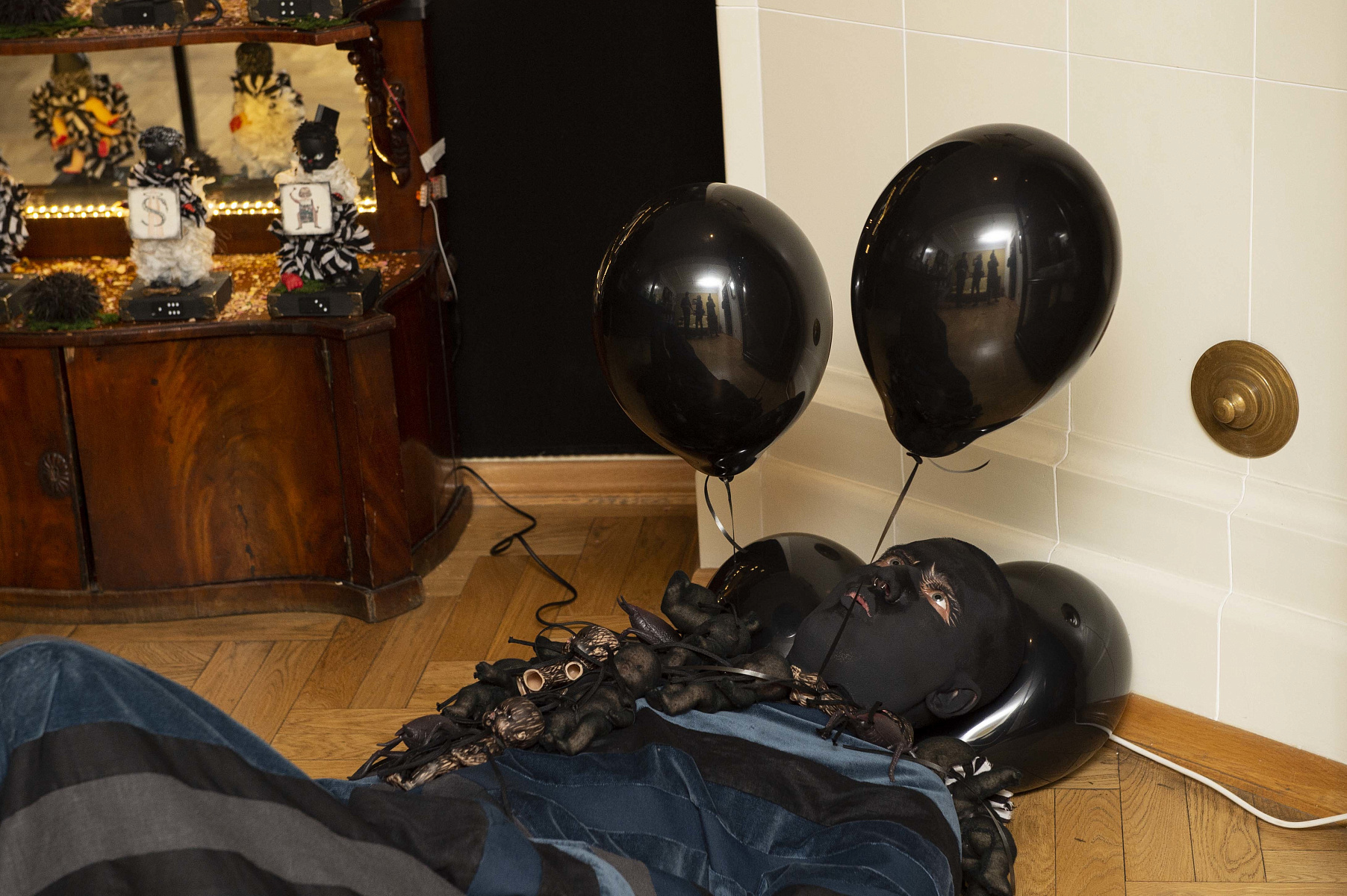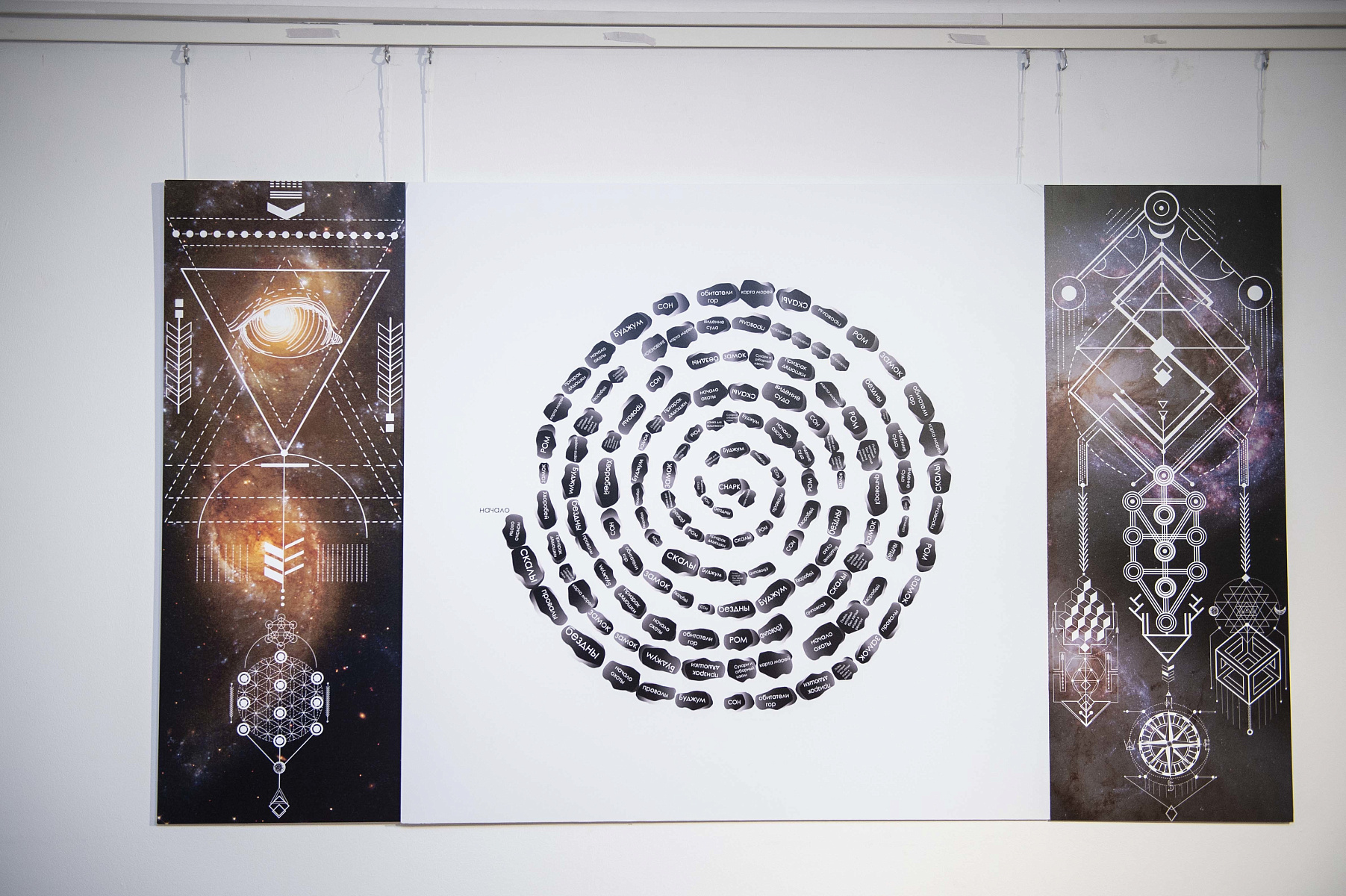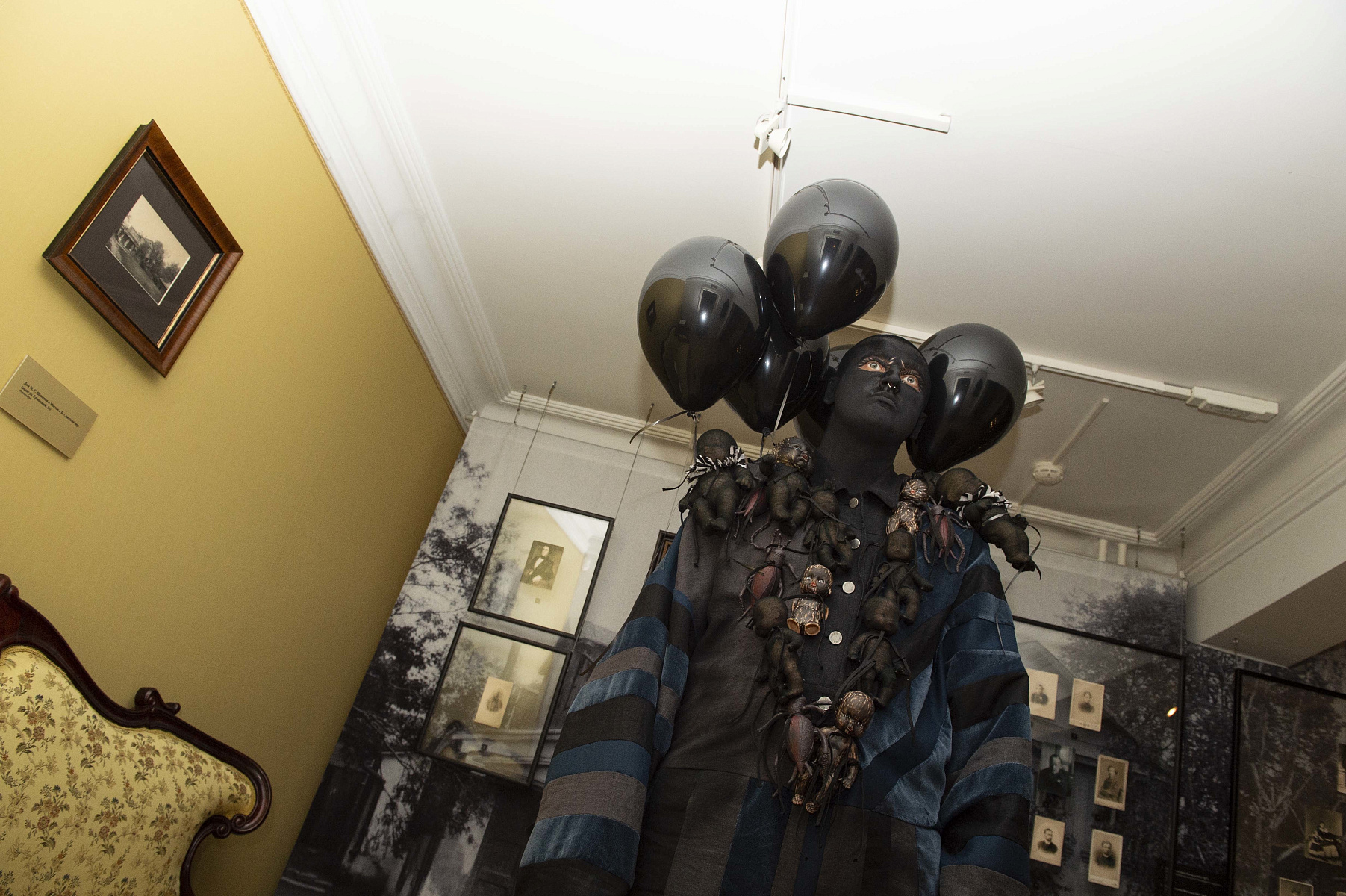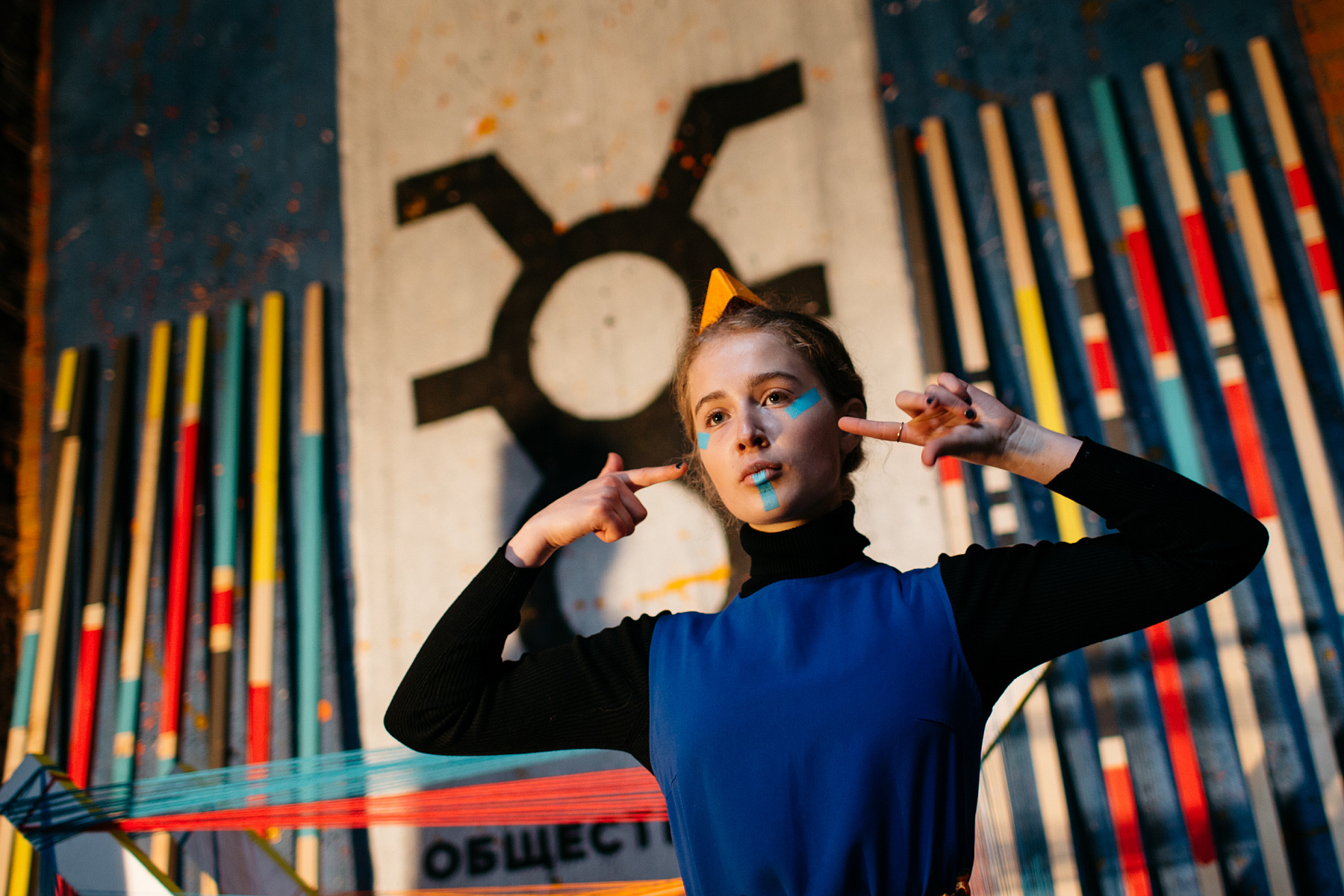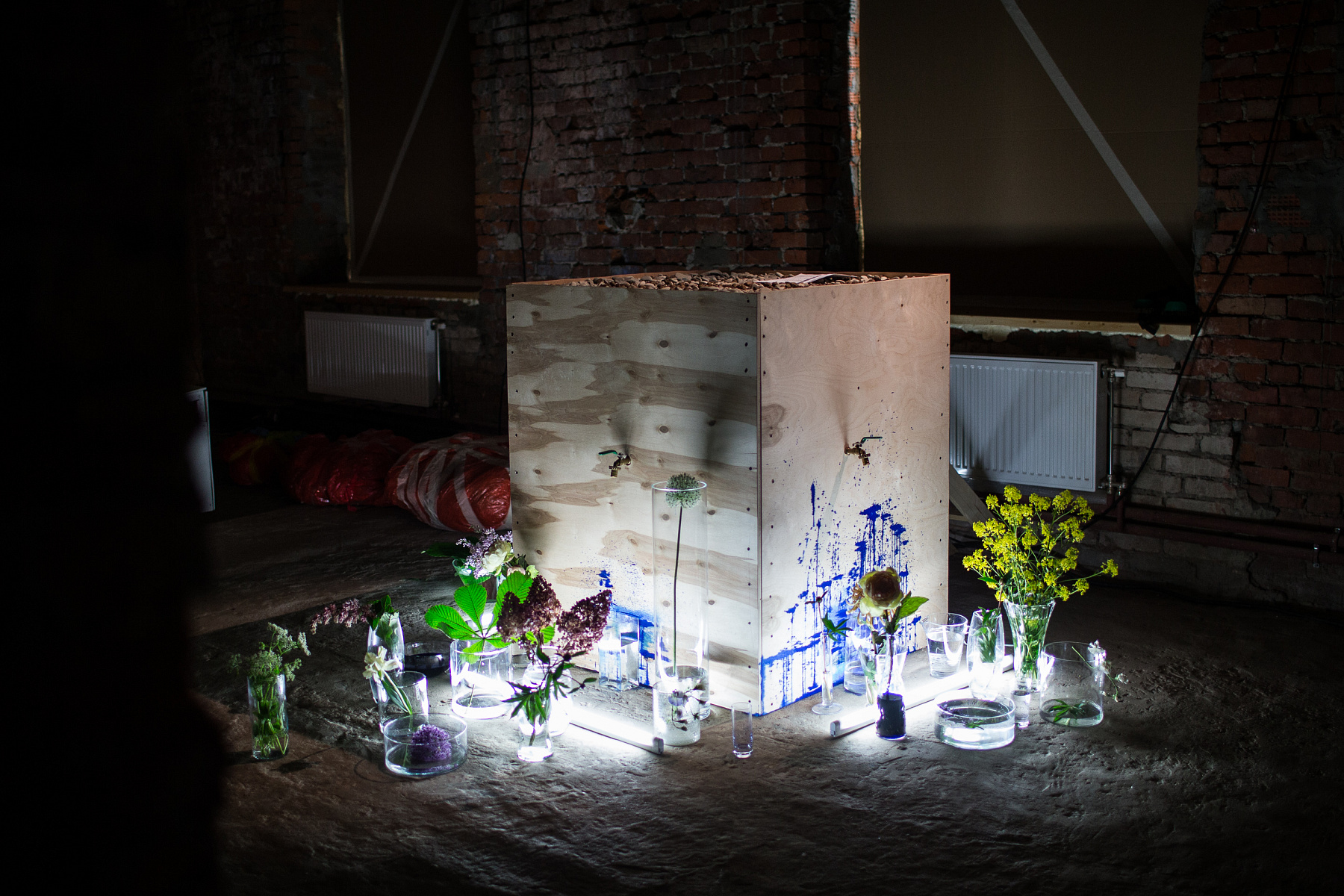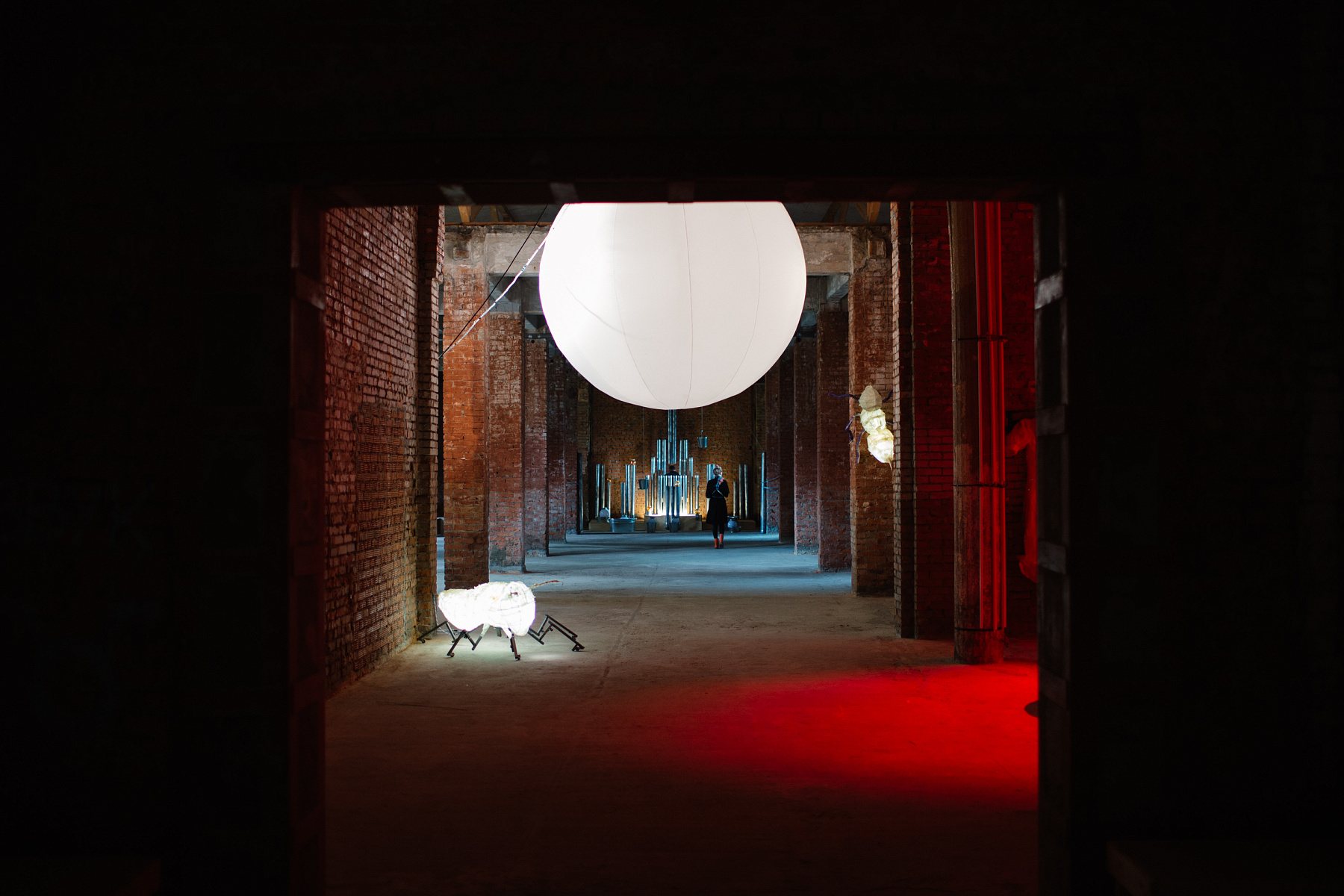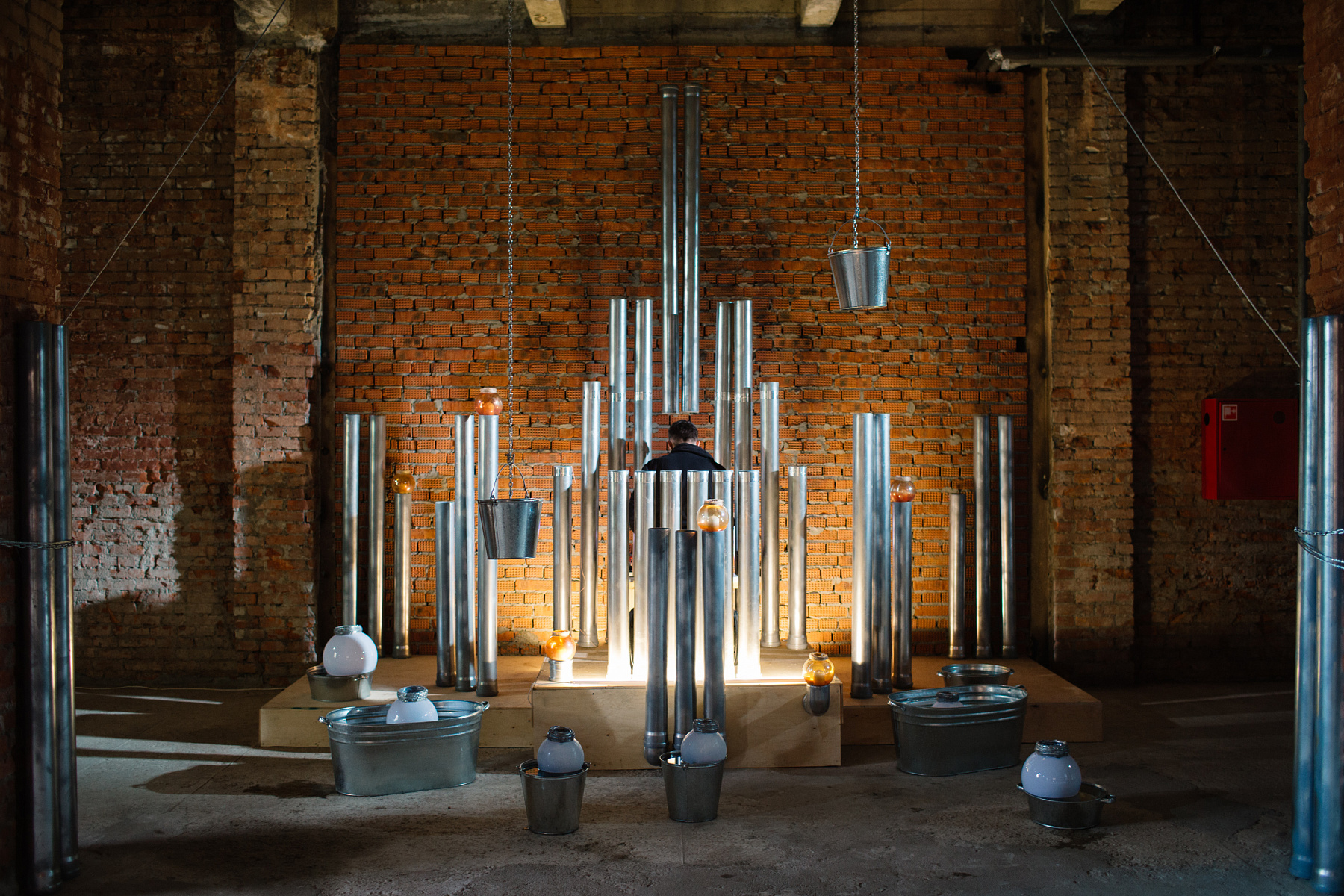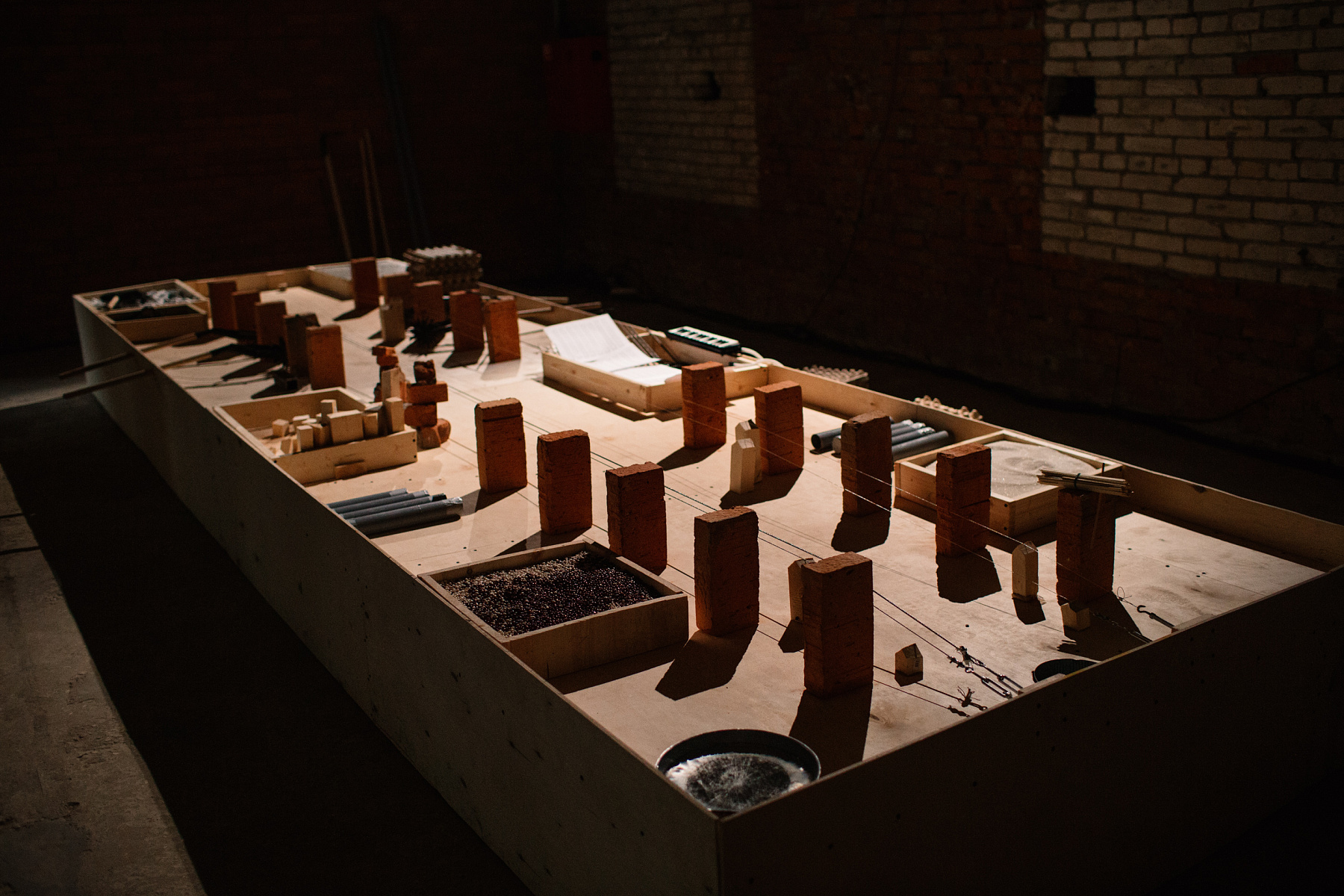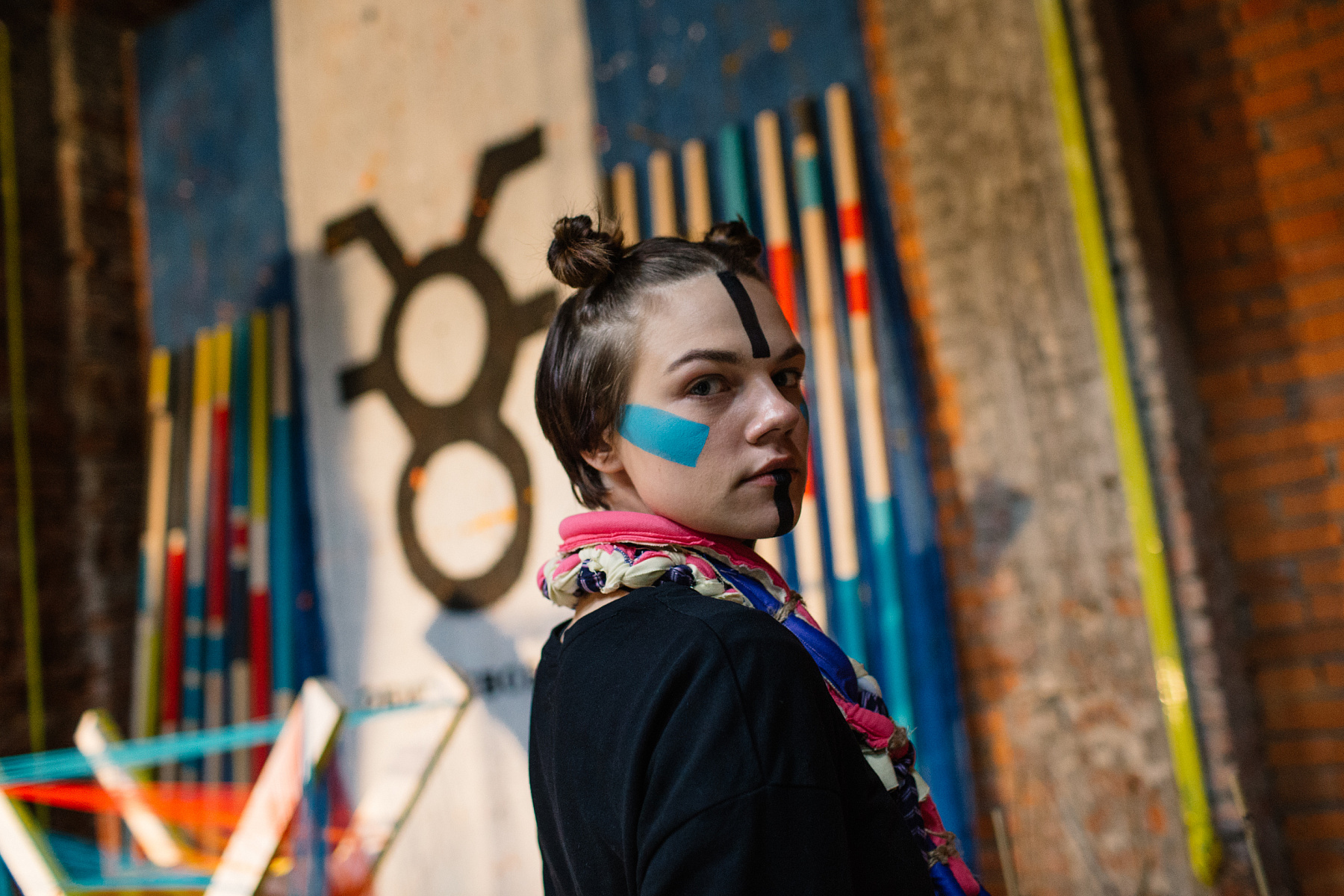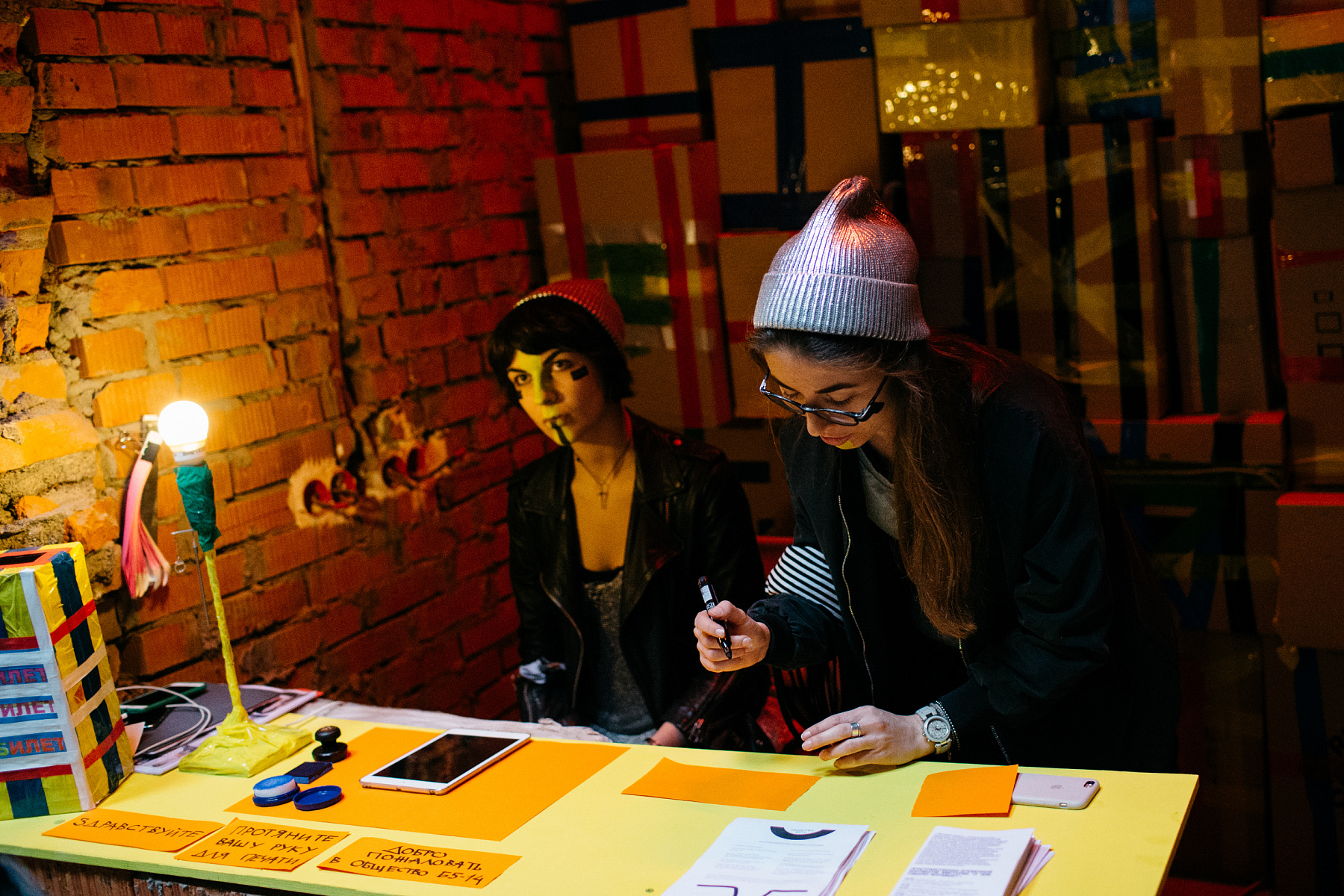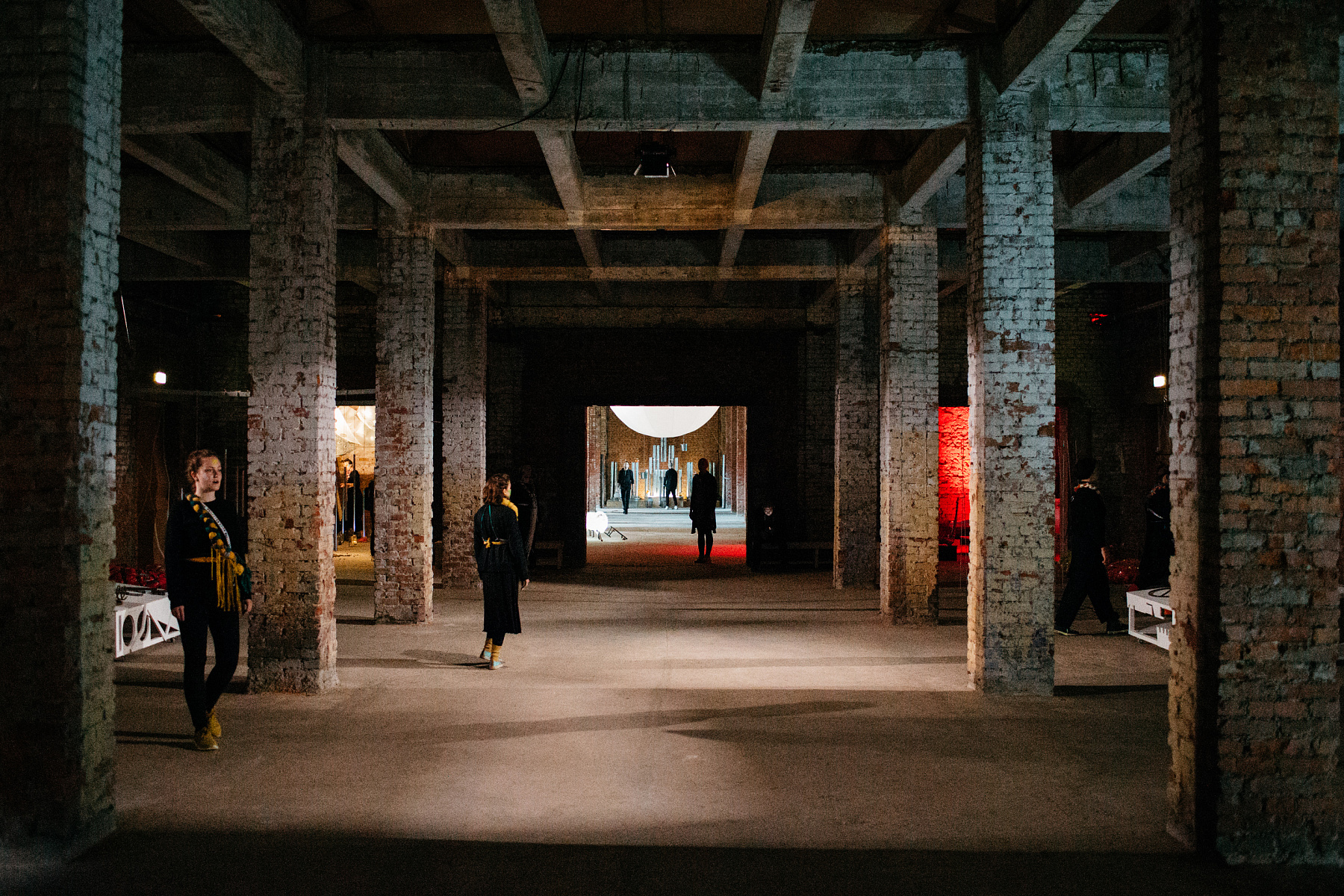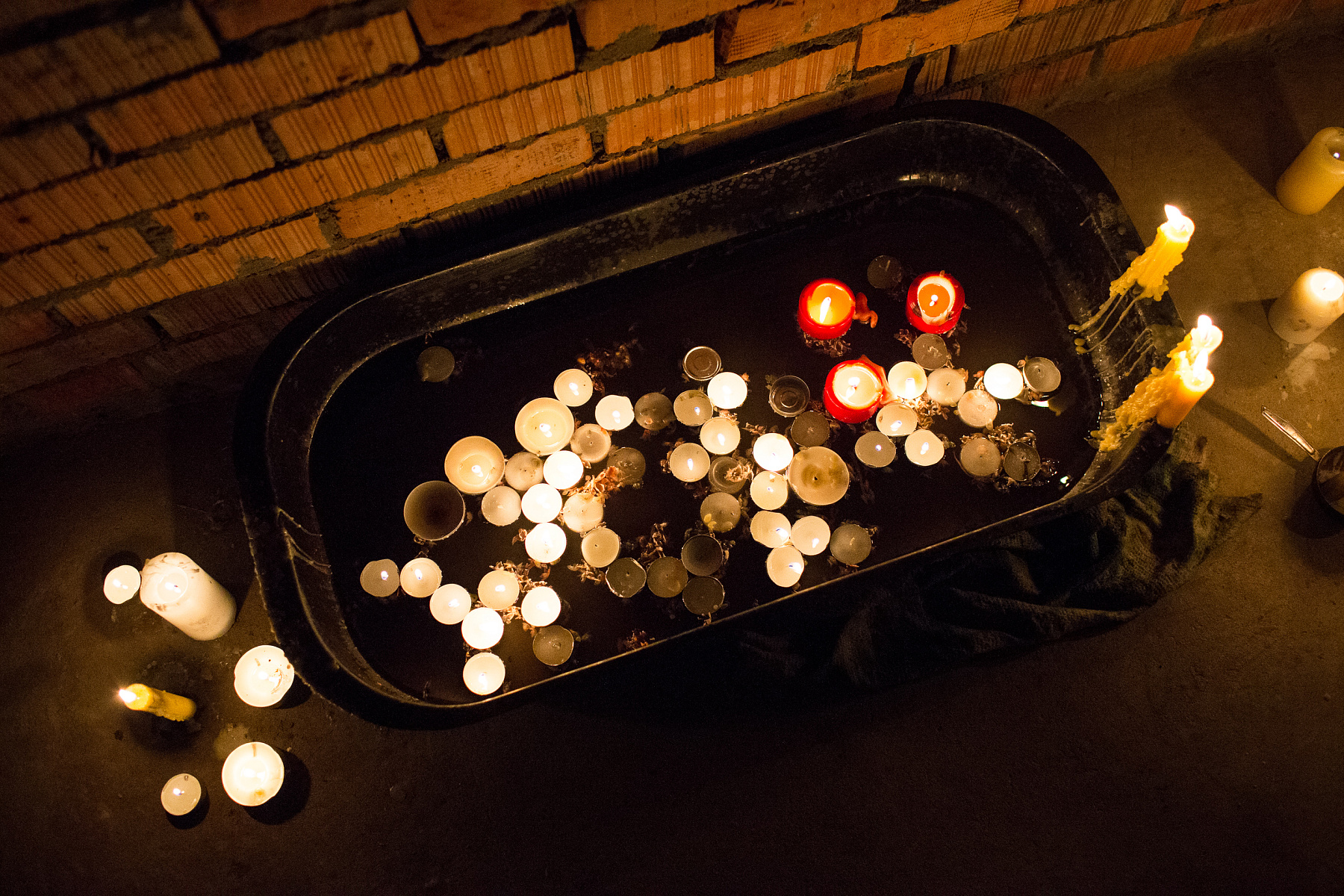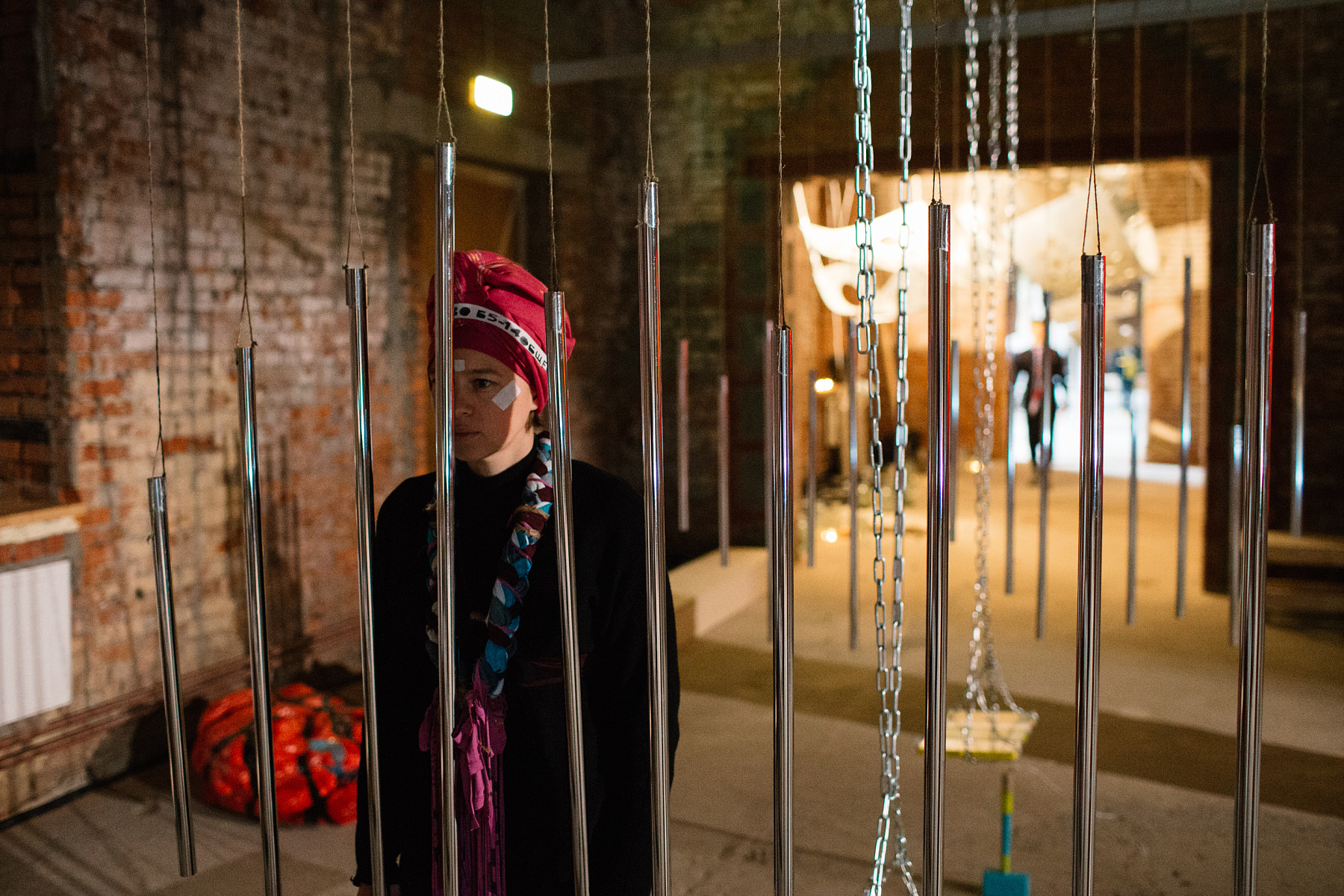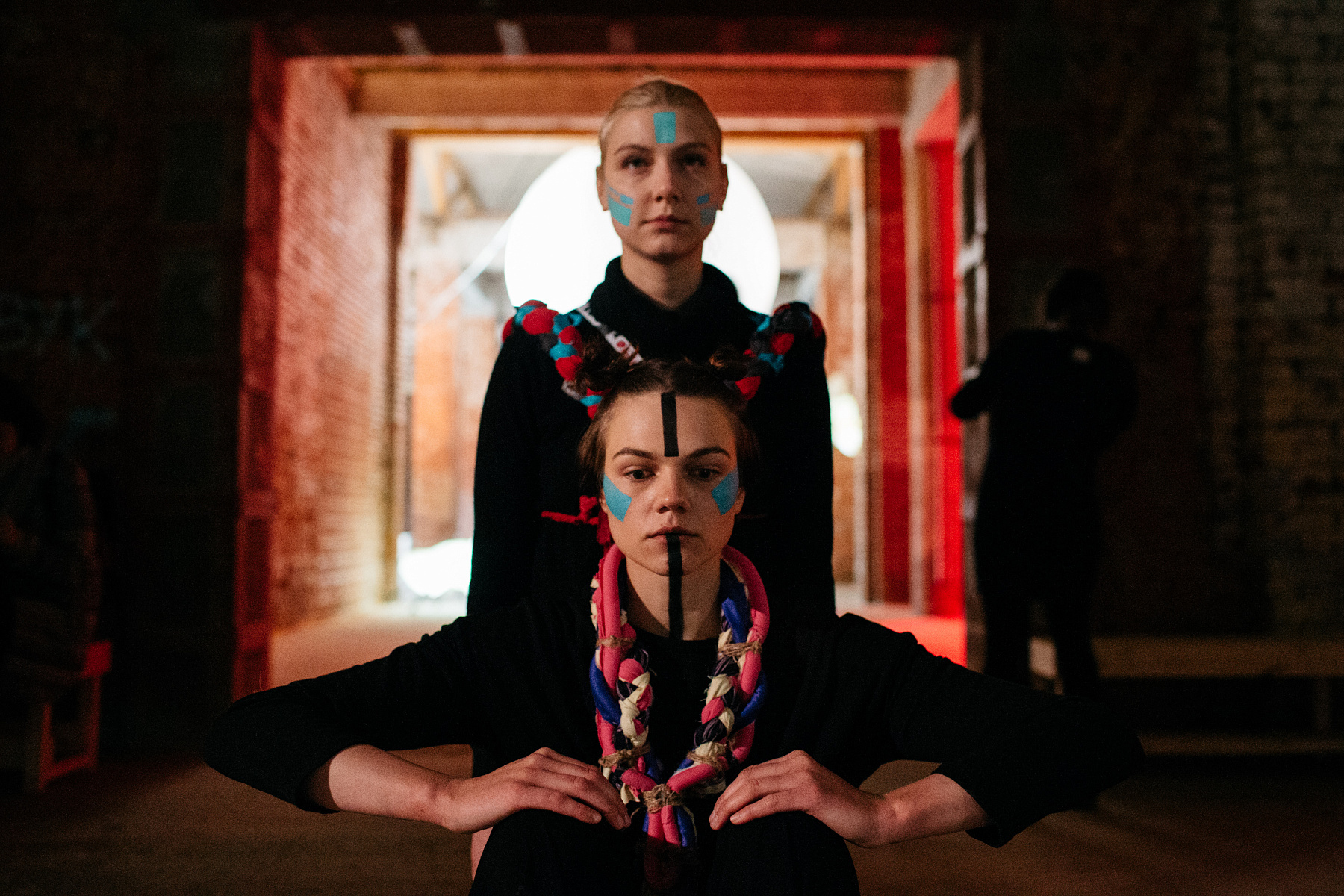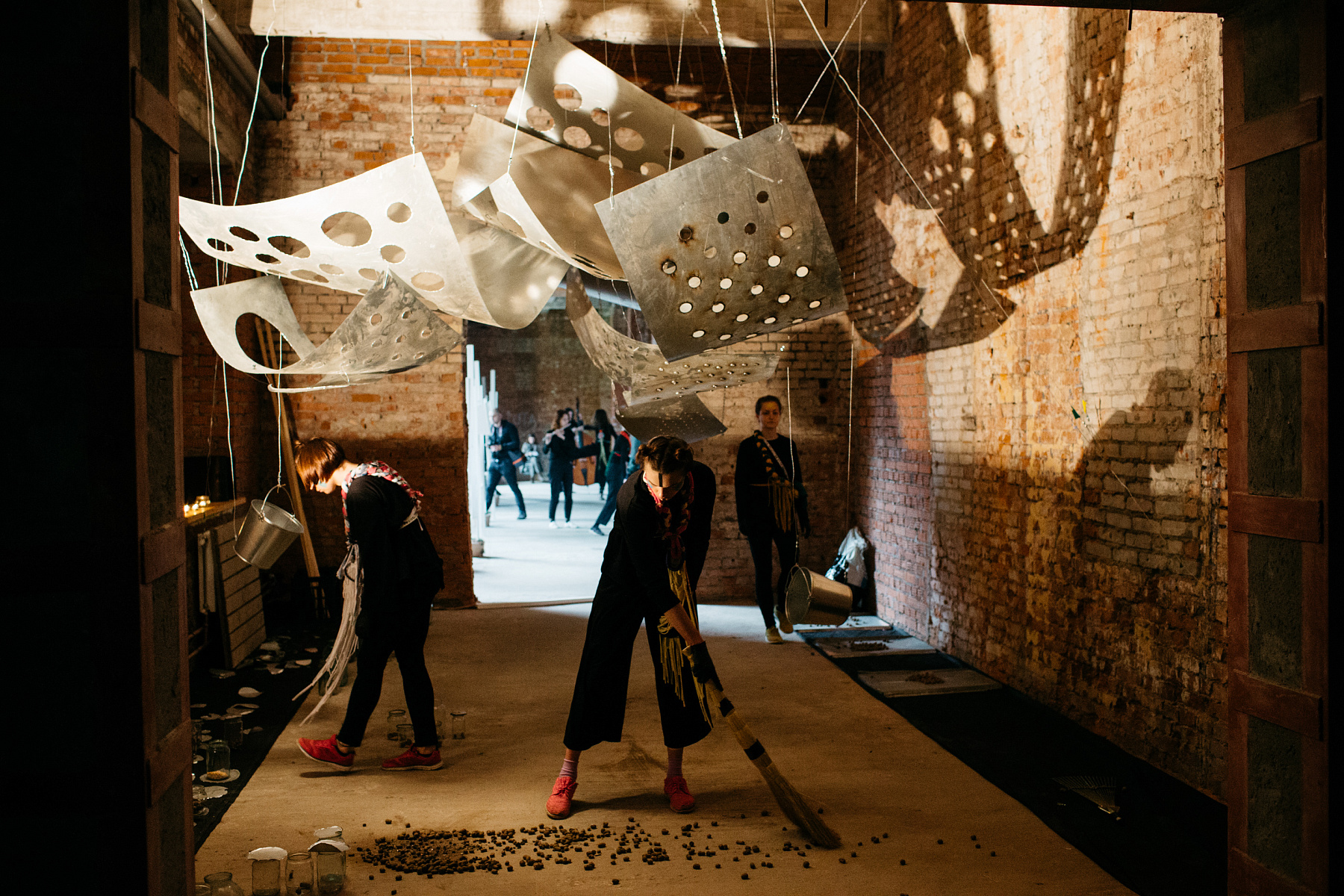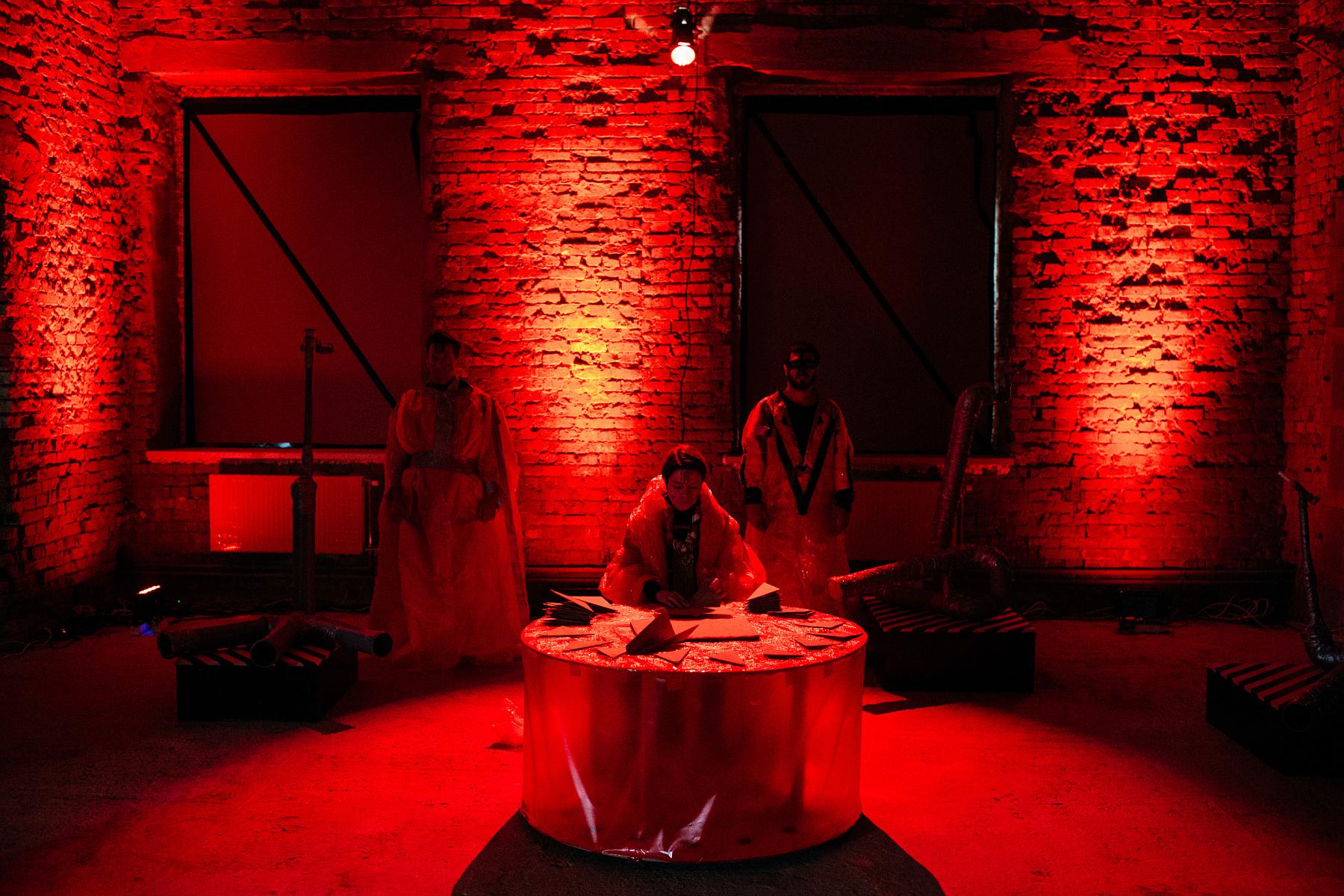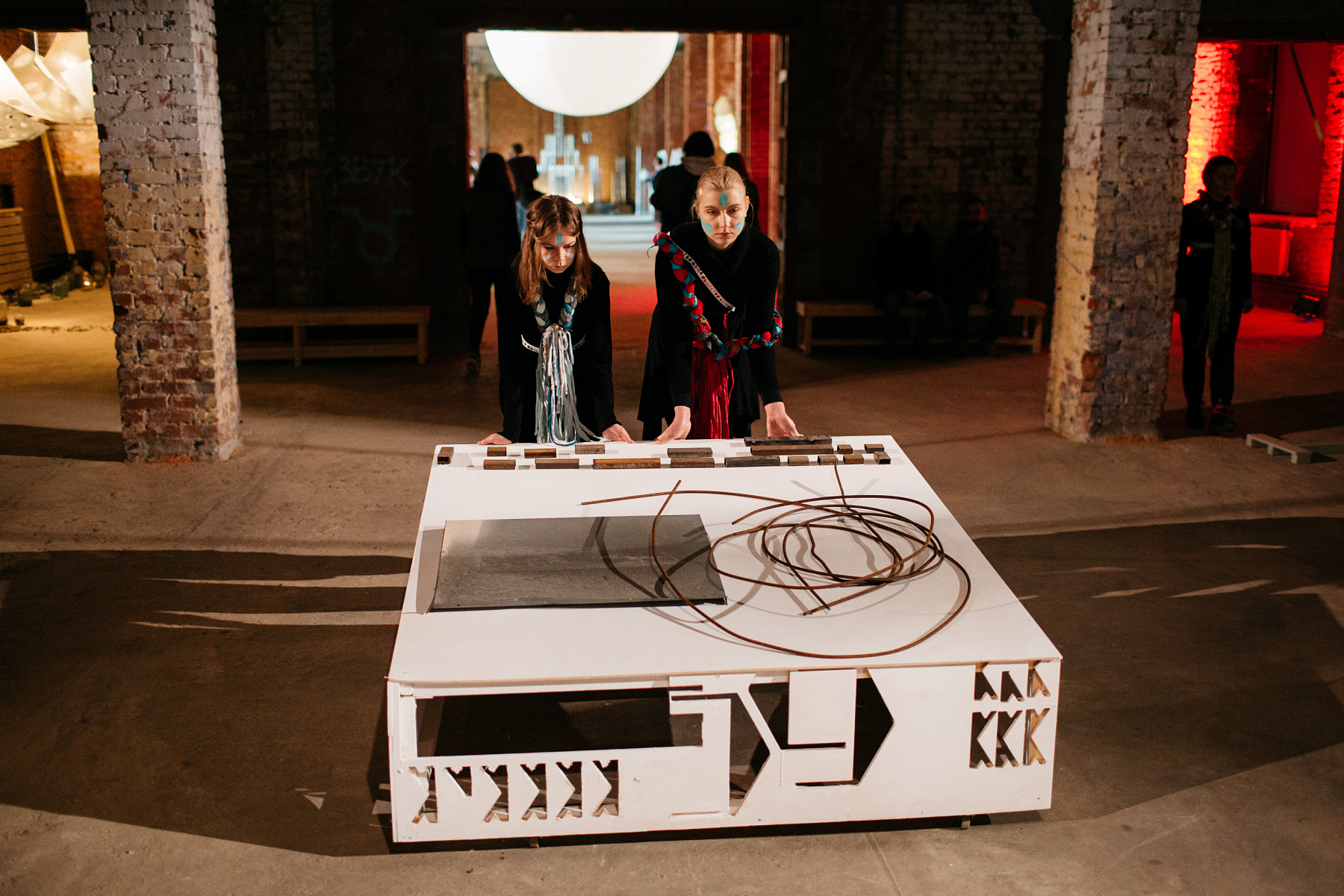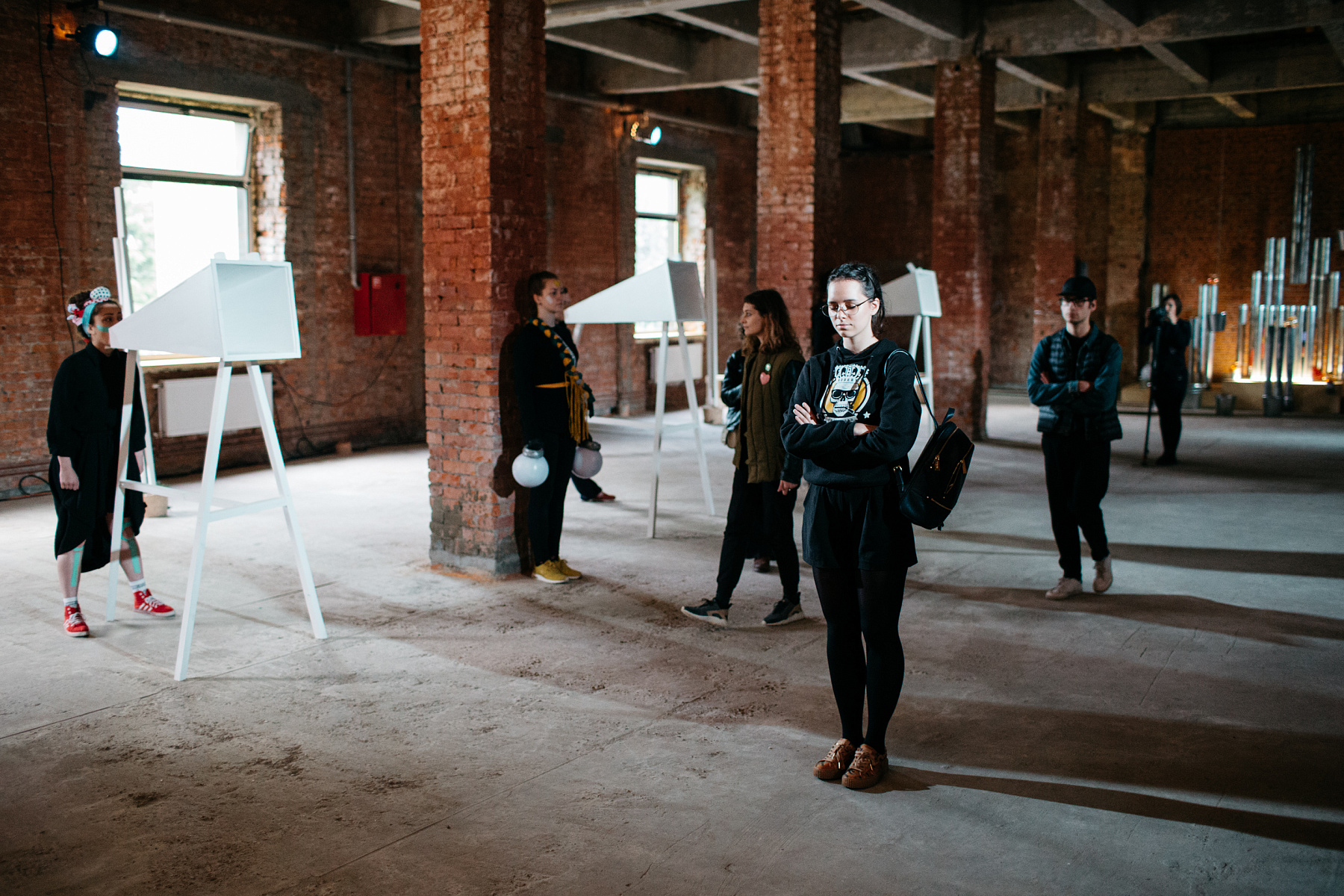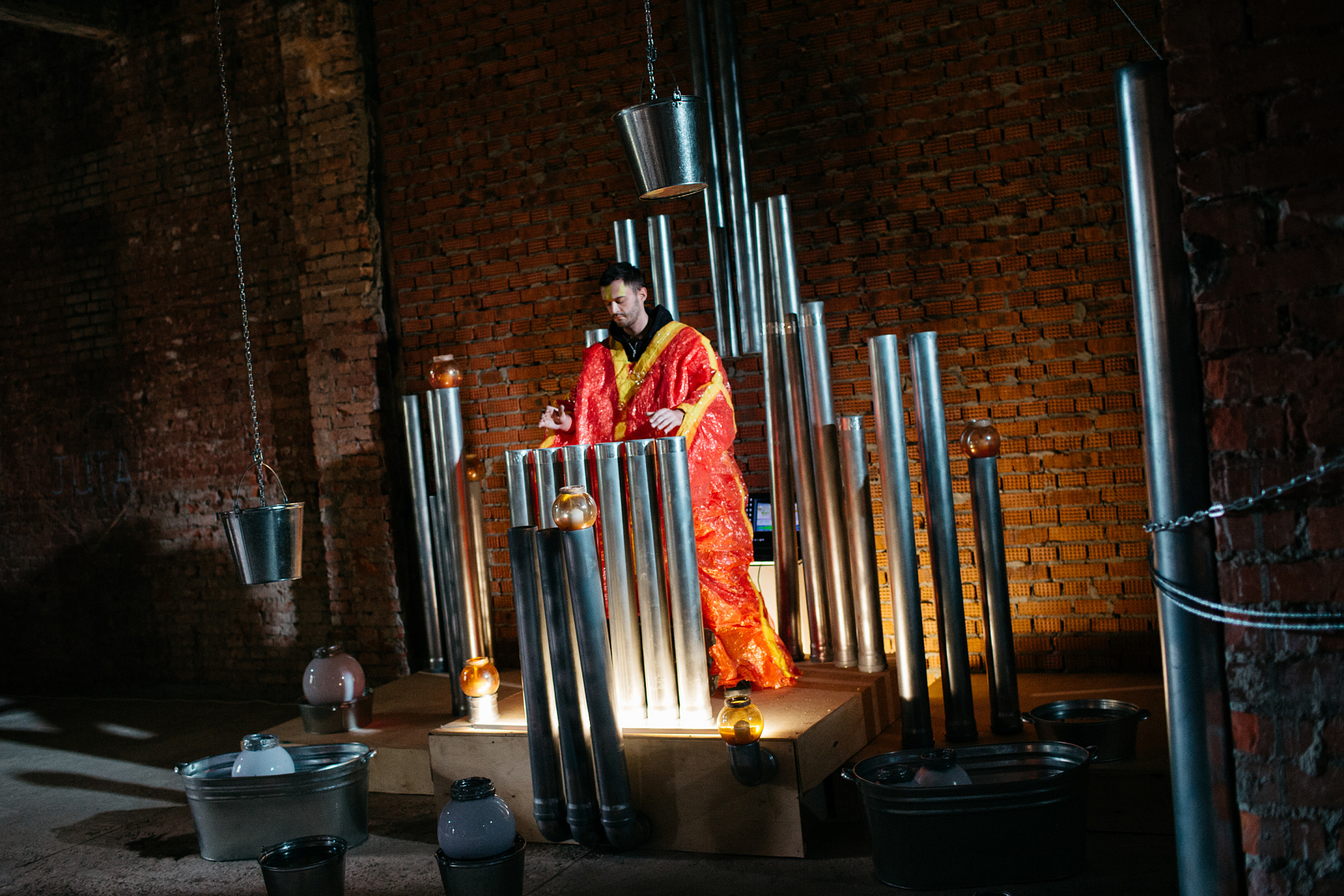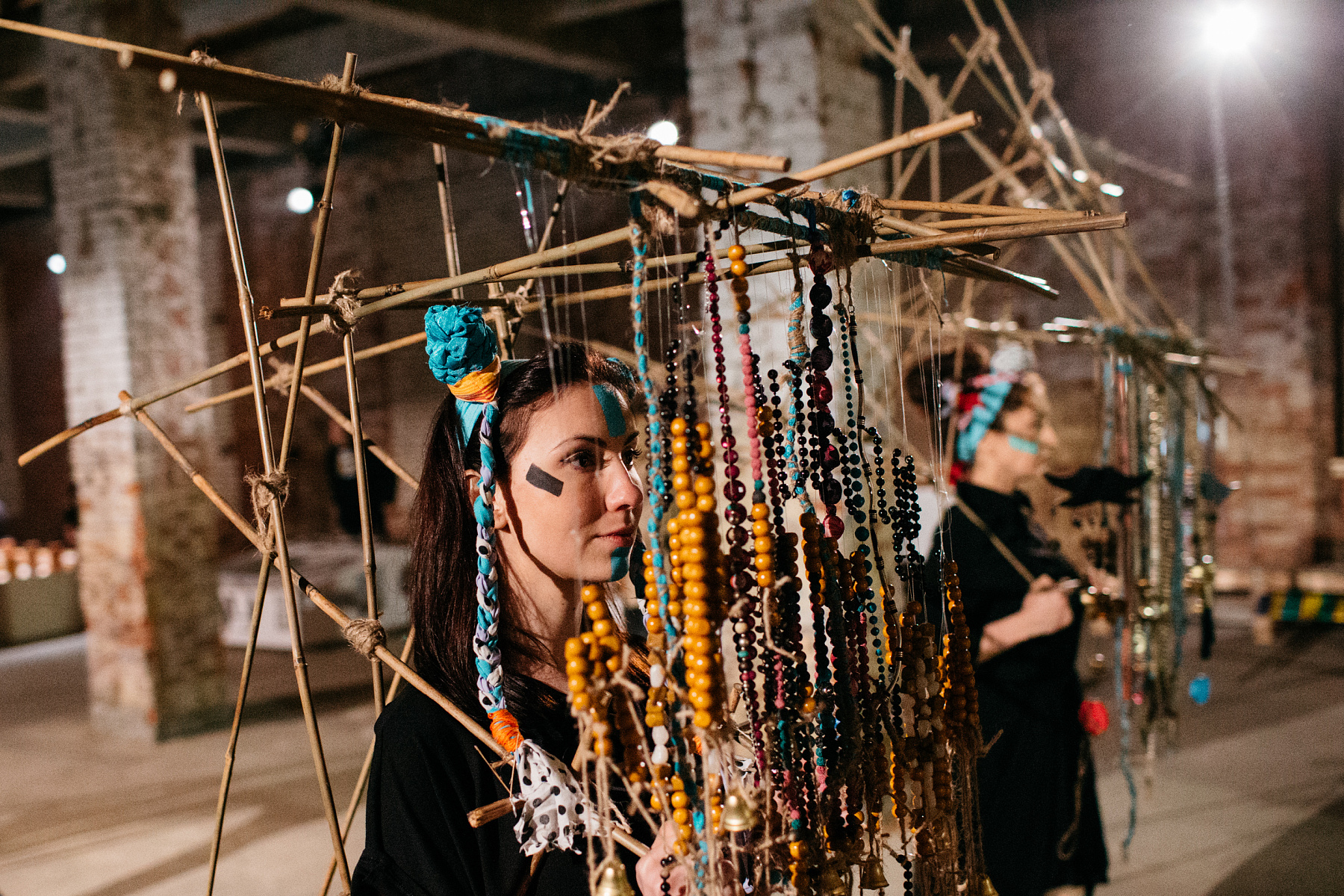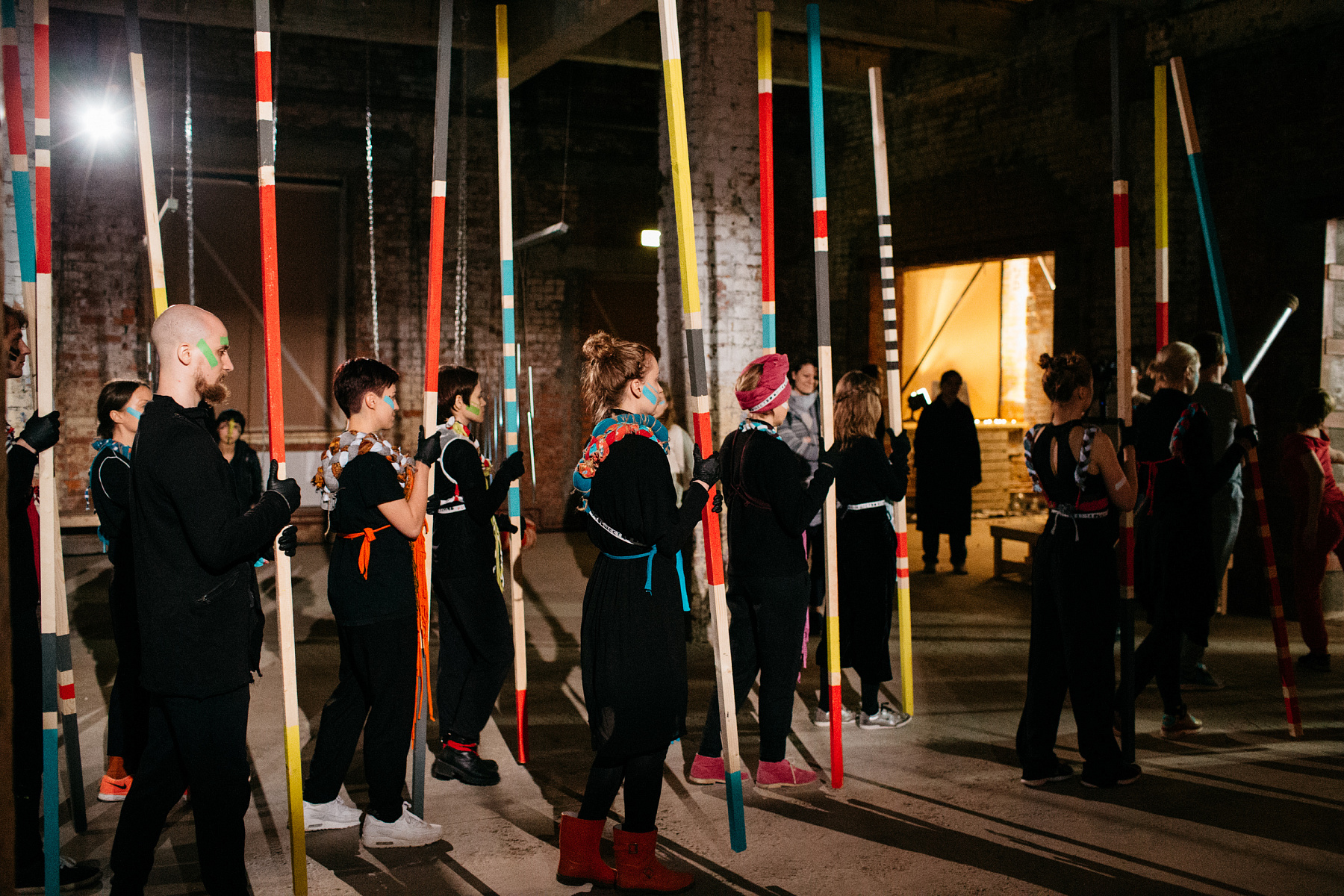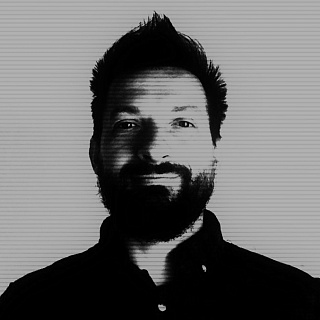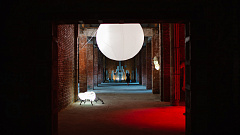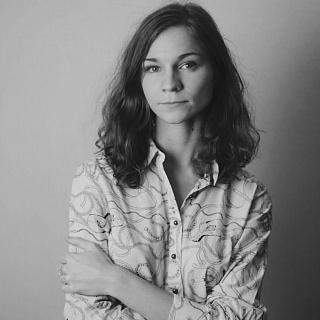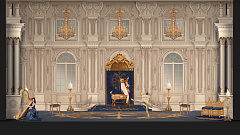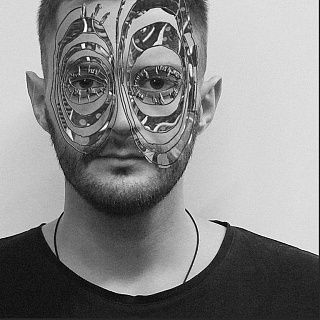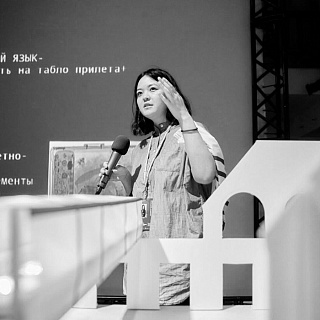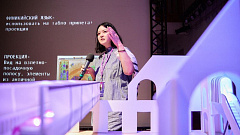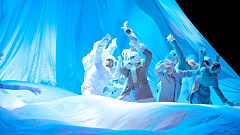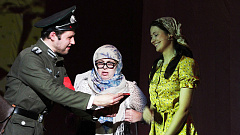The scenographer creates and embodies worlds. He creates scenery and costumes for stage projects, as well as comes up with a total visual solution for the stage action. He is at once a designer, an architect, a lighting designer, a visual playwright, and a multimedia artist.
Scenography is a synthesis of arts, where architecture, contemporary art, lighting and multimedia design meet meanings, texts and sounds. The uniqueness of the course in Russia is its relevance, speed of immersion and real practice. During the year of the powerful intensive practice, students will cover a vast amount of knowledge about modern scenography, creating a springboard for further development.
The course provides skills applicable in various areas related to working with space: from stage play and performances to contemporary art installations, fashion shows, concerts and museum exhibits. We focus on live projects, where we guide students from sketches and concept creation to full implementation and meeting with the audience. Students learn how to work with light, space, structures and understanding the interaction with the creative team, how to work with directors, choreographers and actors.
This programme is for:
We are waiting for practitioners from different fields of art with particular backgrounds: artists, architects, performers, video and multimedia artists. The combination of unique and versatile creative personalities in the course space provides a basis for exchange of experiences and enrichment of each other's knowledge. The course will also be of benefit to those who would like to master the specifics and learn how to work with space in different directions of performative art. The program gives a powerful reset and full creative freedom.
Career opportunities after graduation:
- artistic production (scenography) in theatre, TV shows, festivals, street shows, and concert activities;
- design of installations in urban environments and spaces;
- scenography of an exhibition;
- costume designer, scene-painter, props master;
- art management.
What makes the programme unique
History of Scenography
The course introduces students to the history of architecture and scenography of ancient and Western European theatre. It covers the period from Greek tragedy to the end of the 20th century. The course will discuss how at different historical periods the theatre apparatus turned either into a place of presentation of new technologies, or meticulously recreated the environment, or, on the contrary, having refused to imitate the "other" world outside the theatre, used the opportunities of the space of the stage free from decorations and props. The development of scenography and theatrical architecture will be considered in the broader context of theatre history.
Contemporary Theatre
The course of lectures introduces the history of modern theatrical thinking and traces the connection between various theatrical phenomena and innovations from the beginning of the 20th century to the present day. The programme also introduces to the context of contemporary theatre, gives an understanding of different directions and forms, and develops the ability of critical thinking, and analysis of a stage work and to apply the criteria in your own practice.
Mastery of Scenography
An introduction of students with the basics of theatre design. Analysis of the methodology of creating scenography and artistic solutions for performances, dance, film works, installations, the whole variety of directions that are part of the professional activities of a theatrical artist. This includes practical skills in working with a stage work: creating sketches, maquettes, layouts, cuts, working with light, sound, implementation of live projects, and rehearsals.
Composition
The discipline is designed to study planar and spatial composition and various expressive means. One part of the discipline is built on the work with the real volume - the scene layout, the other - on the transfer of the impression achieved in the layout by means of graphics. Besides purely compositional means (statics and dynamics, scale, tonal and colour contrasts, structure and texture) the program includes work with the basics of drawing - the use of line and tone, light and shade, transfer of space by means of graphics.
Technology of stage production
An introduction to the technical side of the performance: working at various theatrical venues, the possibilities of stage equipment, and the norms and standards adopted in the theatre. The set production section of the program includes the study of basic theatrical technologies, both traditional and the latest. Much attention is paid to the preparation of design documentation - sketches, drawings, technical descriptions.
History of modern Dance
The course is designed considering the specifics of the faculty: we discuss not only the main milestones in the development of choreography of the 20th century, but at the same time we make a significant emphasis on the evolution of the scenography of contemporary dance. Using numerous video examples, we analyse the work of famous choreographers (Loie Fuller, Alvin Nicholas, Trisha Brown, Philippe Decouflé, and others) who experiment with performance space. Studying examples of such creative collaborations as Martha Graham and Isamu Noguchi, Merce Cunningham and Robert Rauschenberg, Angelin Preljocaj and Enki Bilal and others, course students can better understand the essence of working with choreographers, and to embody their ideas in real work with dance.
Fundamentals of Directing and Acting
All classes are based on specific dramatic material. Directing schools of the 20th and 21st centuries will be considered: Stanislavsky's psychological theatre, Vakhtangov's comedy dell arte, Chekhov's play theatre, Meyerhold's biomechanics, Brecht's epic theatre, and others. Parsing of a dramatic text, a method of effective analysis. Practice of improvisation.
Contemporary Art
This course covers the basic concepts in today's theory and practice of contemporary art. They influence both the description of works and the cultural landscape and the methods of the artists themselves. How has the concept of "cultural industry", "curation", "institutionalism" and, most importantly, "art" and "modernity" evolved? This course will tell you about that. The course will concentrate on a period that is typically characterised as post-socialism (the situation after 1989). Through the works of artists, texts by curators and theorists, it will be possible to form a basic picture of what is happening in the world of contemporary art today, which actors form this system, and which prospective problems and crises are facing the artistic community.
Basics of Light
A course of lectures and practical assignments to familiarise you with the profession of lighting designer, principles of interaction with the stage designer and director, types of lighting equipment and technical equipment for stage spaces. Light is one of the important tools in the score of the scenic designer to create the atmosphere, the environment of existence, and the dramaturgy of a work. The objective of the course is to apply the theoretical skills obtained in practice, compose and implement lighting scores in your course assignments and graduation project.
Layout
An introductory course of lectures and practical exercises to introduce the methods and techniques of creating a layout and scenographic cutting. Students will learn to understand the variety of materials, techniques and scales used to create professional layouts, and will gain the necessary knowledge to apply them in practice.
Dramaturgy
The course examines the history of the dramatic work in general and the relationship of the laws of its construction and stage performance in particular. The emphasis of the course is on the analysis of the new drama texts and creating projects without a literary basis. The goal of the course is to be able to navigate the structure of contemporary plays, research and select non-theatrical material for productions, and to understand the principles of dramaturgical assembly of contemporary productions.
Sound Theory / Opera
The discipline introduces the nature of sound, its characteristics and methods of extraction, and these aspects in a historical context. The course focuses on contemporary academic music, types of musical scores, and multimedia compositions. The goal of the course is to expand the understanding of the "sounding" instrument, to understand modern scores, and to be able to analyse new music.
Multimedia Art and Technology
The discipline is devoted to an overview of innovative technologies used in contemporary art, multimedia installations and experimental art projects. Includes master classes by interdisciplinary artists and practical activities. The purpose of the discipline is to familiarise students with modern software and technical tools and approaches, as well as ways to integrate them into the concepts and implementation of performative projects. Also includes an overview of Science art. Particular attention is paid to the generativity of the post humanistic approach in art. The course examines such phenomena as biohacking and post/transhumanist phenomena in science art.
Costume Technology
History of Theatre
Graduation project consultations
Teachers
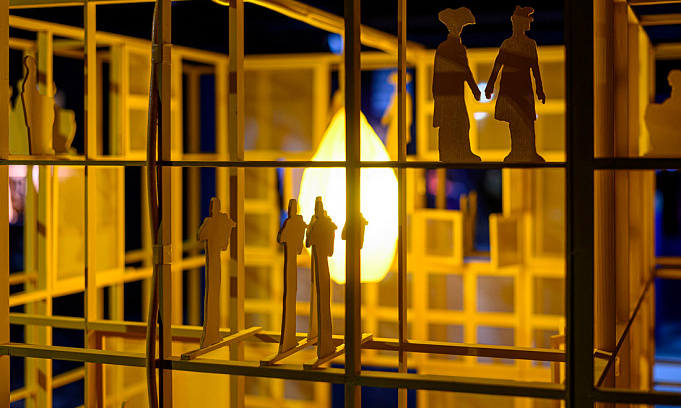
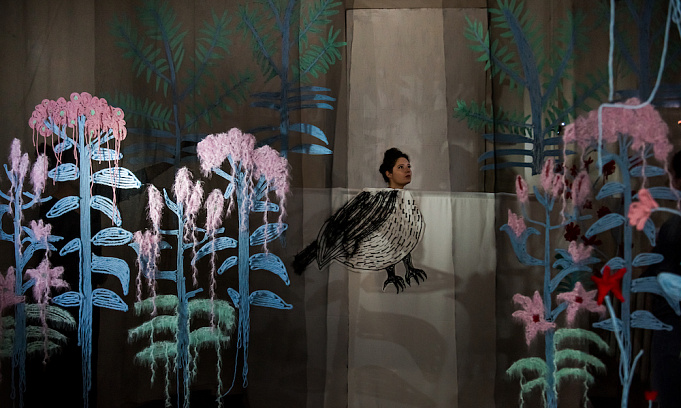
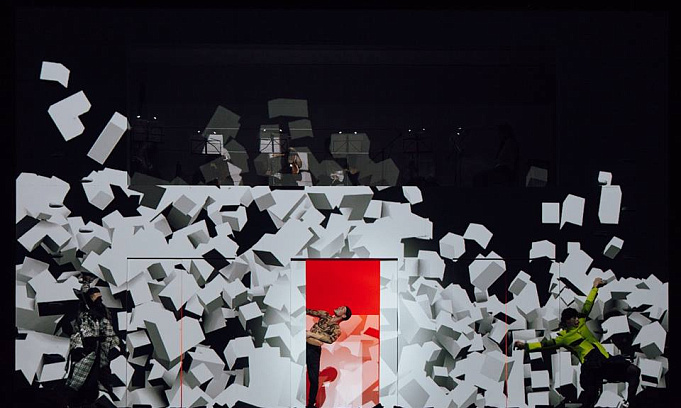




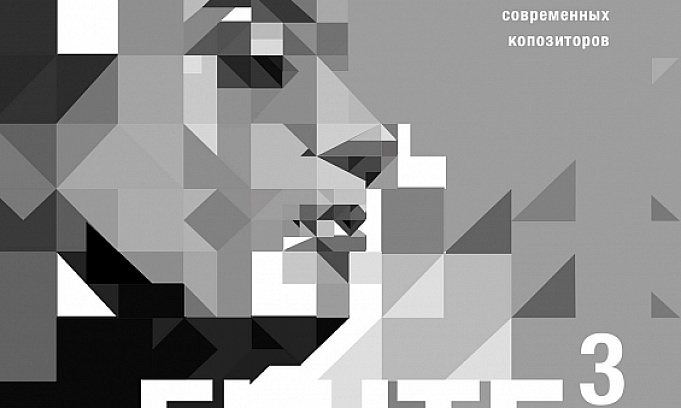
Admission procedure
Interview and portfolio
To enter the programme, you should have an interview and prepare a portfolio of your projects so that the curator and the Admissions Committee can assess your current professional level and motivation to study in the chosen programme. Based on the interview and portfolio review, the Admissions Committee will decide on the applicant's admission to the program.
The portfolio can include any author's developments in the field of design, graphics, painting, architecture, illustrations, videos, animation and photographs, presented in printed or electronic form. Animations and videos should be presented as links or on flash media. It is also obligatory to have a project to develop a scenographic solution (at least 3 sketches of the scenography, concept, search process).
If you don't have such a project in your portfolio, you should complete the following creative assignment: create sketches of scenography, i.e. visualise one scene from a performance based on any literary work, fairy tale, poem (theme and genre - your choice). Sketches can be made in any available technique: it's the idea and the process of working on it that matters, not the technique.
Sketches should be accompanied by a number of searching sketches and sources of inspiration. The whole assignment can be presented on 2-3 sheets. The sketches should be accompanied by a brief description of the concept: how the idea was born, how the proposed scenography reveals the work, what image is inherent in this solution of the space. The completed assignment should be brought with you to the interview.
Required documents
— original or verified copy of your educational certificate;
— 2 photos size 3x4;
— passport (to be presented when applying).
Cost and terms of payment
360,000 rubles for the whole period of study*
*is not an offer, the total cost of training is specified in the contract.
Payment options:
— Two payments per year - the standard form of payment is equal payments, twice a year.
— Monthly (instalment payment) - the School has a special instalment payment programme, which allows you to pay your tuition on a monthly basis. The instalment payment is provided for the whole period of study. The minimum payment, before the start of the course, is 20% to 30% of the cost of one year of study.
Additional expenses for students during the study:
During your study, you need art supplies, stationery, project supplies, printing and copying services, and other services and supplies.
The full list will depend on the specifics of the project and the chosen method of implementation.
The curriculum will also include a project that could result in a performance (a play or similar public act). The School will cover part of the project costs, but you should also plan for the cost of your artistic vision in such a project.


